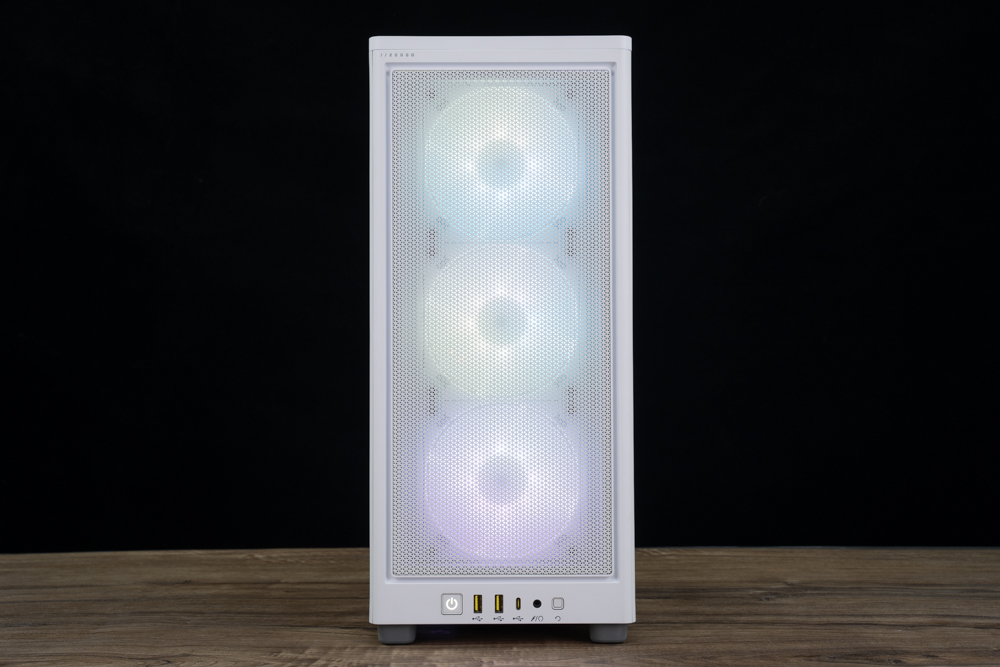
The CORSAIR 2000D RGB AIRFLOW employs a vertical design, only spanning an area of 271x200mm, yet it is capable of housing six 12cm fans, a 360mm water cooling system, and an ITX motherboard. It comes equipped with three AF120 RGB SLIM fans, enhancing its performance and aesthetic appeal.
The CORSAIR SF850L conforms to the SFX-L specifications, with dimensions of 125 × 63.5 × 130 mm. It is compliant with INTEL’s latest ATX 3.0 standard and has received 80 PLUS Gold and CYBENETICS Platinum certifications. It features a 12VHPWR cable with a maximum output of 600W, providing strong power for small ITX cases. This unit can deliver high power output and includes a 12cm silent fan that automatically stops at 30% load, ensuring quiet operation.
Detailed Specifications:
CORSAIR 2000D RGB AIRFLOW
- Dimensions: 271x200x458mm
- Colors: Available in Black or White
- Supported Motherboard: Mini-ITX
- Material: Constructed from Steel and Plastic
- Fan Placement: Front 3 x 120mm or 2 x140mm, Side 3 x 120mm, Back 2 x 120mm (the graphics card thickness is 2 x 120mm Inside the slot)
- Included Fans: 3 x AF120 RGB SLIM
- Radiators: Supports a 360mm radiator on the side, 240mm at the back (occupies graphics card space)
- Graphics Card Compatibility: Up to 365mm in length, three-slot thickness
- CPU Cooler Height: Up to 90mm
- Power Supply: Compatible with SFX/SFX-L (maximum length of 130mm)
- HDD Expansion: Room for 3 x 2.5 inch drives
- IO Expansion: Features 2x USB 3.0 Type-A, 1x USB 3.1 Type C, 1x 3.5mm headphone jack, power and reset buttons
- Warranty: 2 years
CORSAIR SF850L
- Model: RPS0155
- Rated Power: 850W
- Specifications: Intel Form Factor ATX 12V v3 .0
- Efficiency Rating: 80 PLUS GOLD and CYBENETICS Platinum
- Input Voltage: 100-240V ; 200-240V
- Power Correction: PFC Active PFC
- Fan: 120mm Fan
- Form Factor: SFX-L
- Dimensions (LxWxH): 125 ×125×63.5mm
- Safety Protections: OCP, OVP, OPP, SCP, OTP
Cabling included:
- 1x 20+4 Pin ATX/MB connector (30cm in length)
- 2x 4+4 Pin CPU/EPS connectors (40cm in length)
- 1x 12+4 Pin (12VHPWR) PCIe connector (41cm in length)
- 3x 4x PCIe 6+2 Pin connectors (41cm in length)
- 2x 8x SATA connectors (46cm in length)
- 1x 3x Large 4-pin (Molex) connectors (32cm in length)
New choice of vertical case, compact and heat dissipation | CORSAIR 2000D RGB AIRFLOW out of the box
Recently, ITX cases with vertical designs have gained traction, much like constructing a skyscraper, these cases get taller rather than wider. This design approach not only saves valuable desk space but also accommodates longer graphics cards and cooling radiators. CORSAIR launched the CORSAIR ONE compact gaming console ahead of this trend.
The CORSAIR 2000D RGB AIRFLOW, while larger than the CORSAIR ONE, is still considered small for an ITX case that can house a 360mm water-cooling system. It only supports SFX/SFX-L power supplies, making it an excellent match for the newly launched SF850L from Corsair, which is in SFX-L size.
The design of the CORSAIR 2000D RGB AIRFLOW is distinctive with its ventilated mesh panel. The mesh comprises small, triangular patterns, offering a different texture from other brands’ perforated panels. Corsair can use simple design elements to create rich layering.
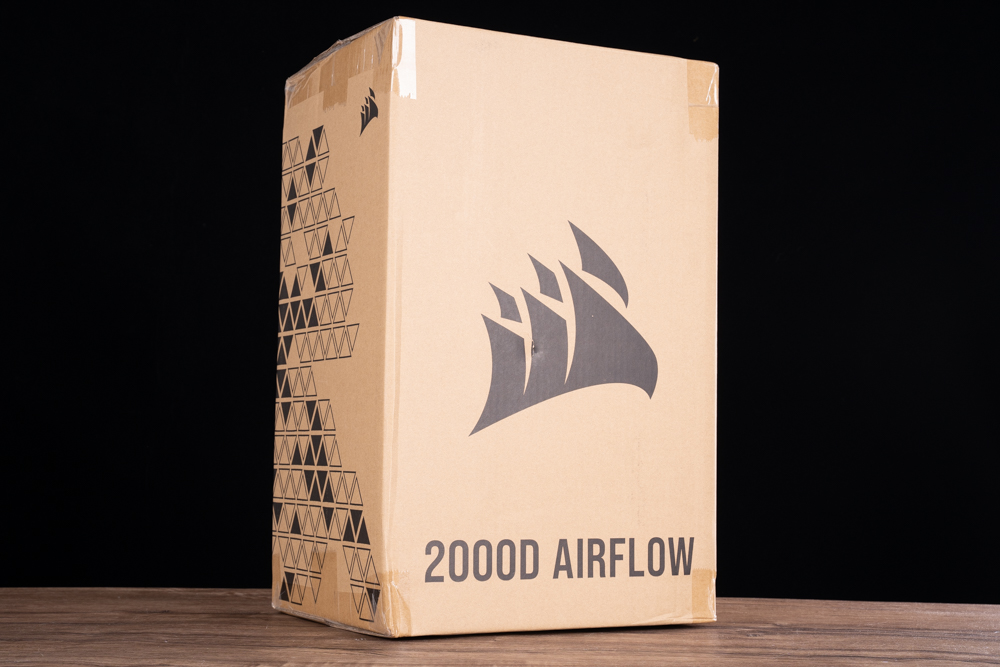
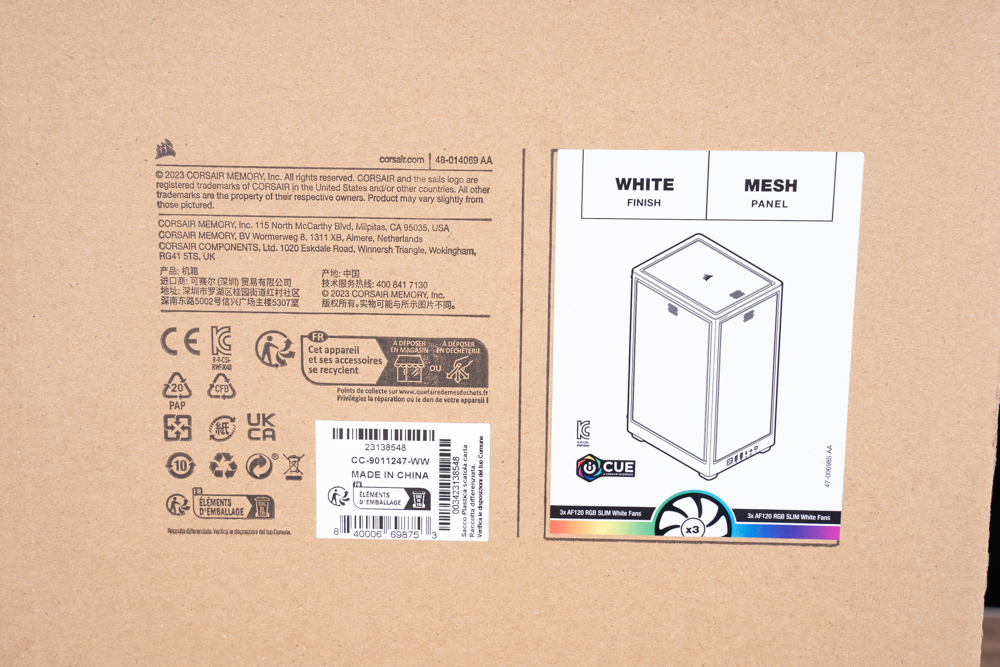
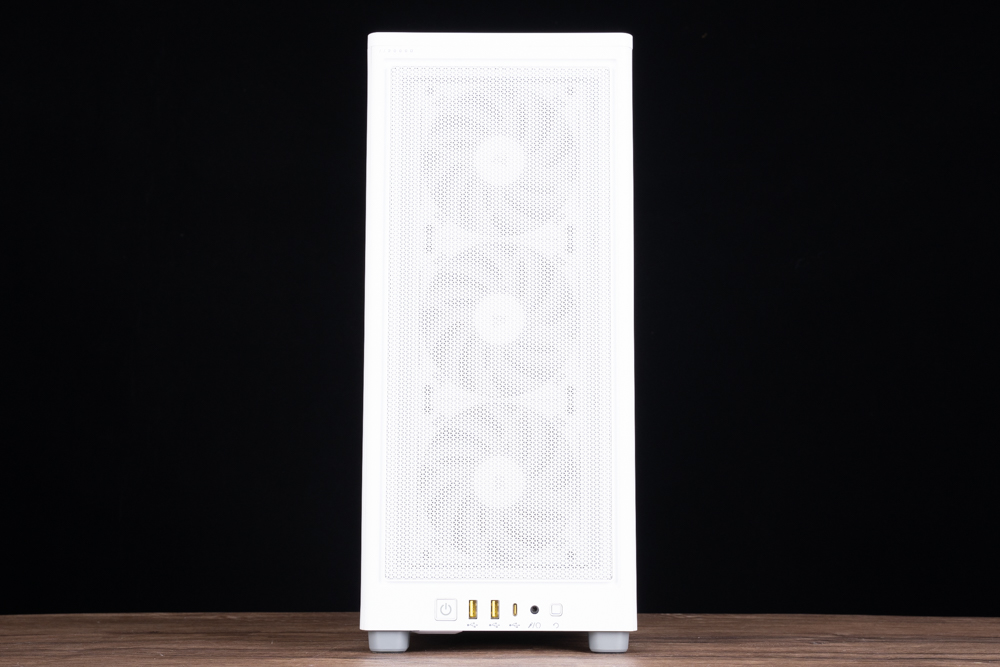
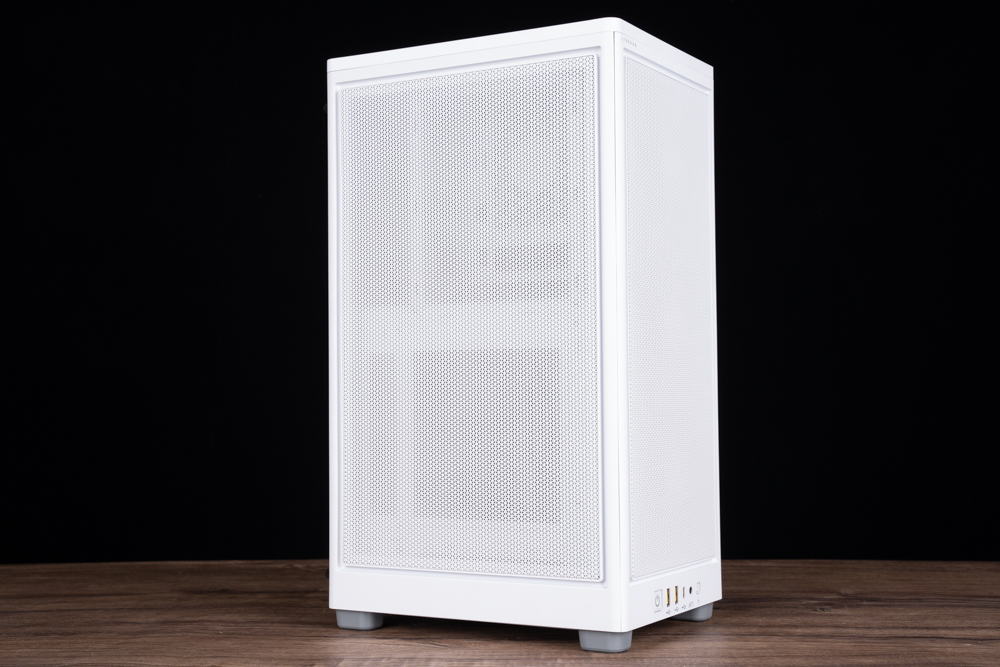
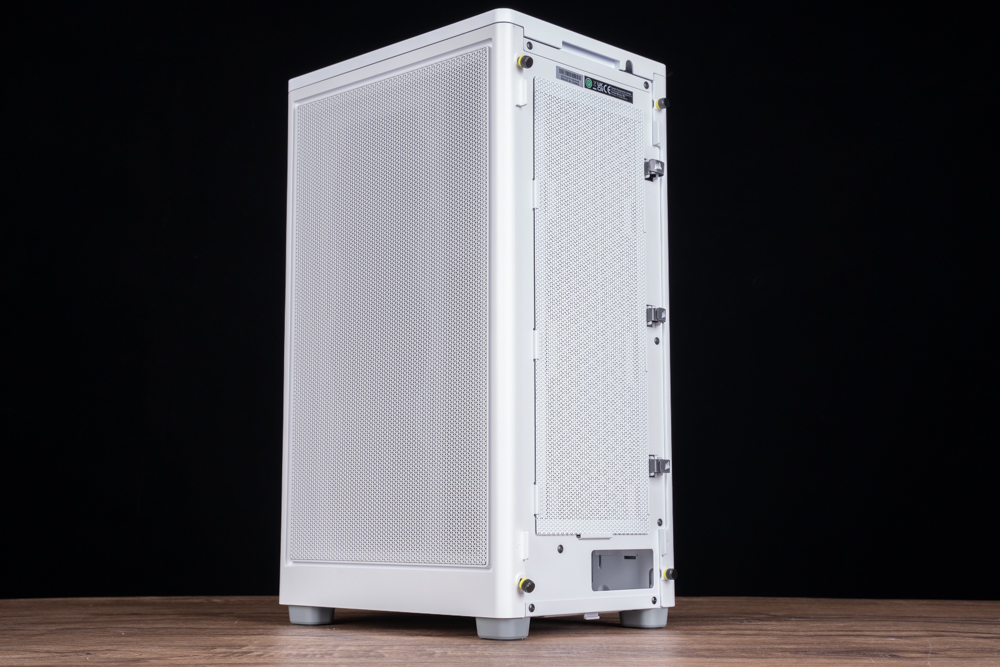
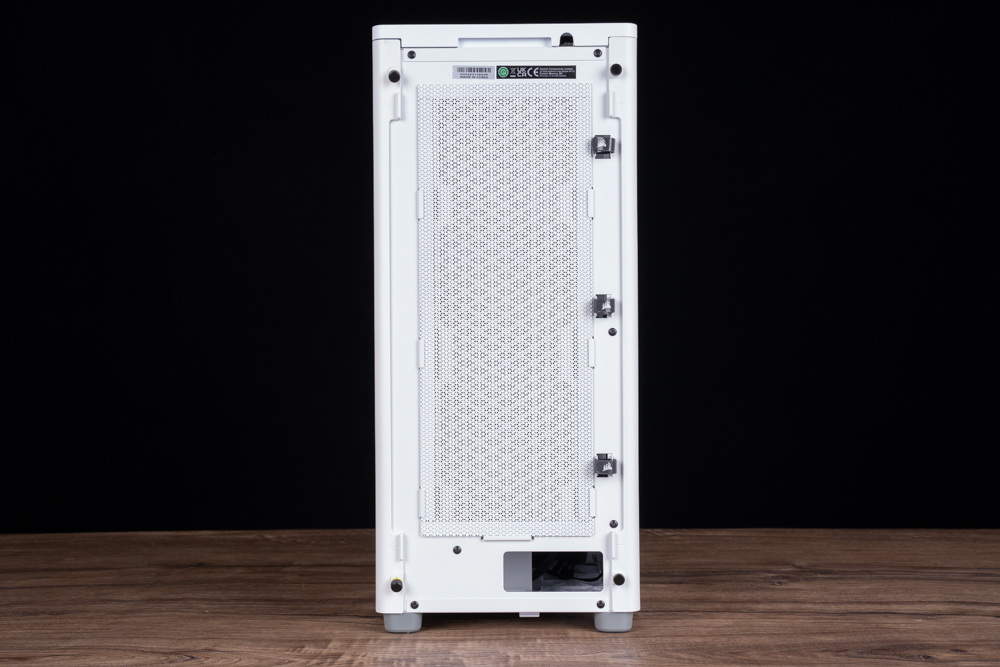
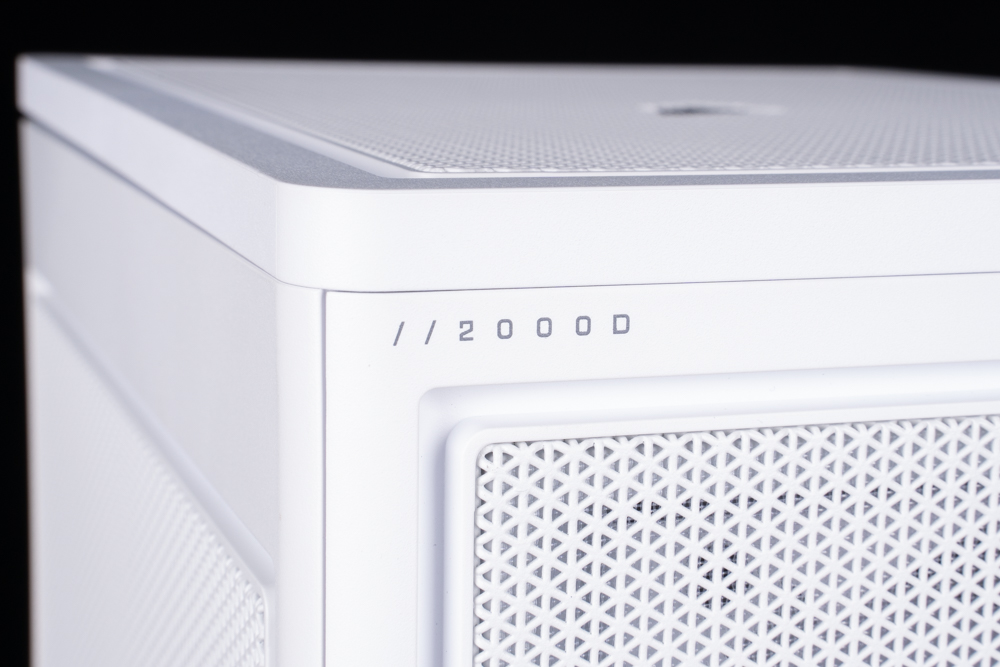
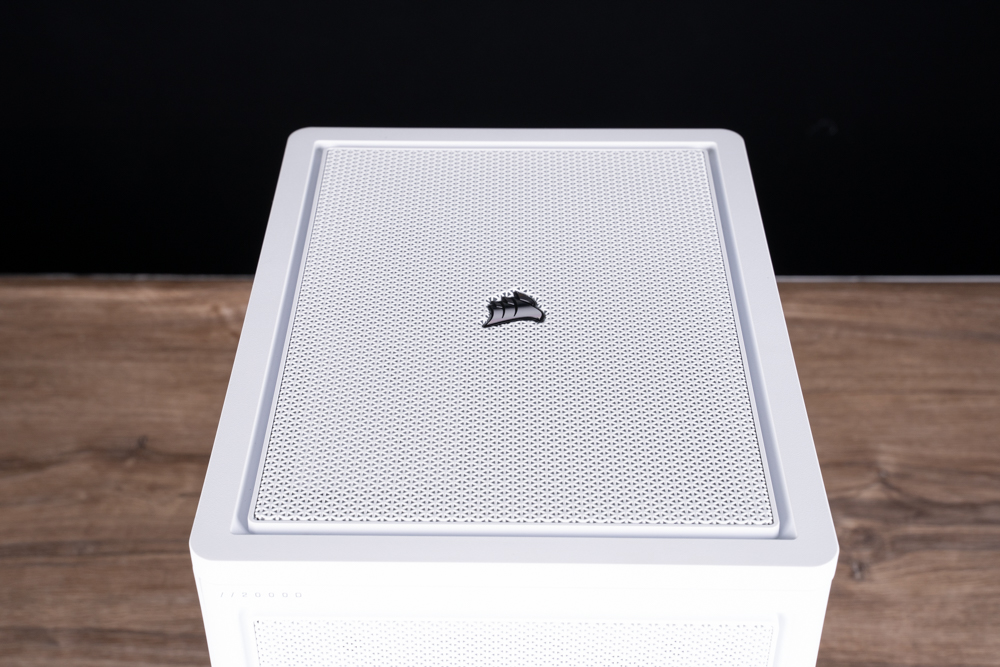
The top panel of the CORSAIR 2000D RGB AIRFLOW utilizes a magnetic attachment design. The sides are secured by a combination of clips and screws, while the front is held in place by straightforward clasp mechanisms. The mesh panel houses a built-in dust filter that is non-removable.
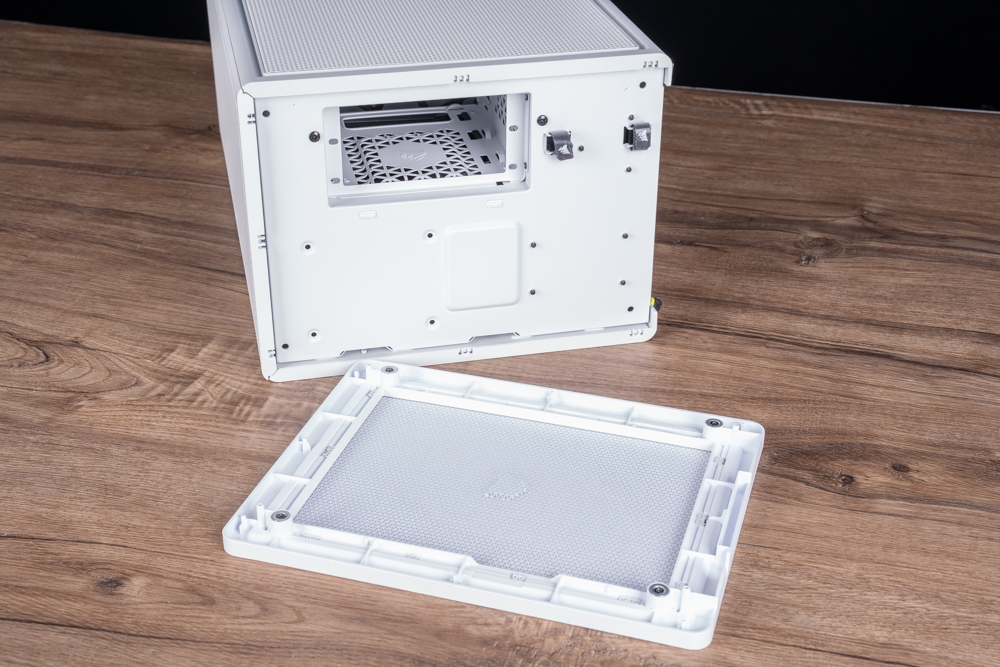
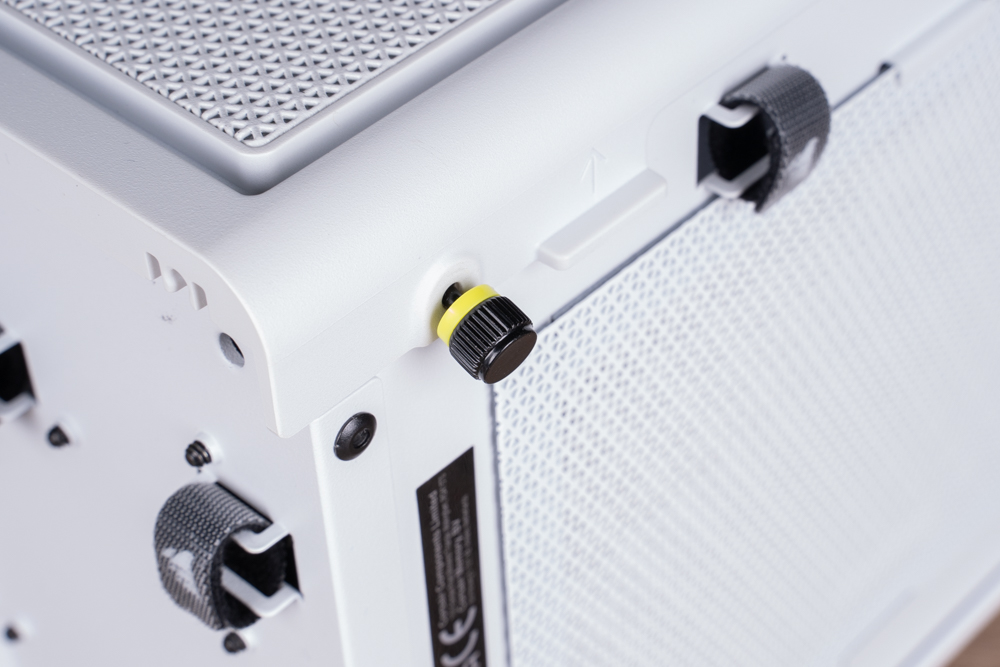
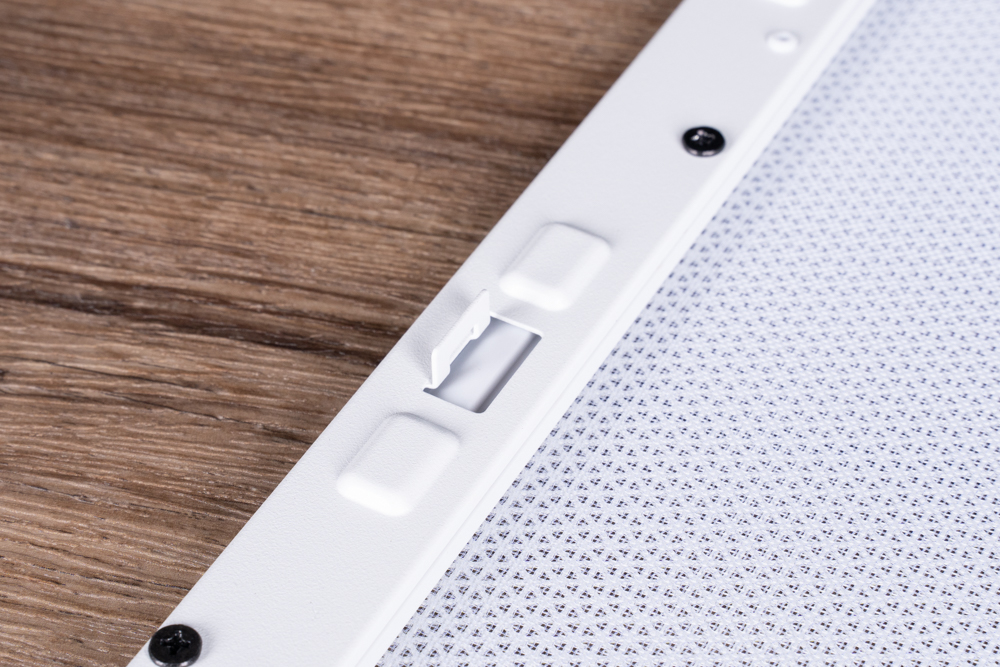
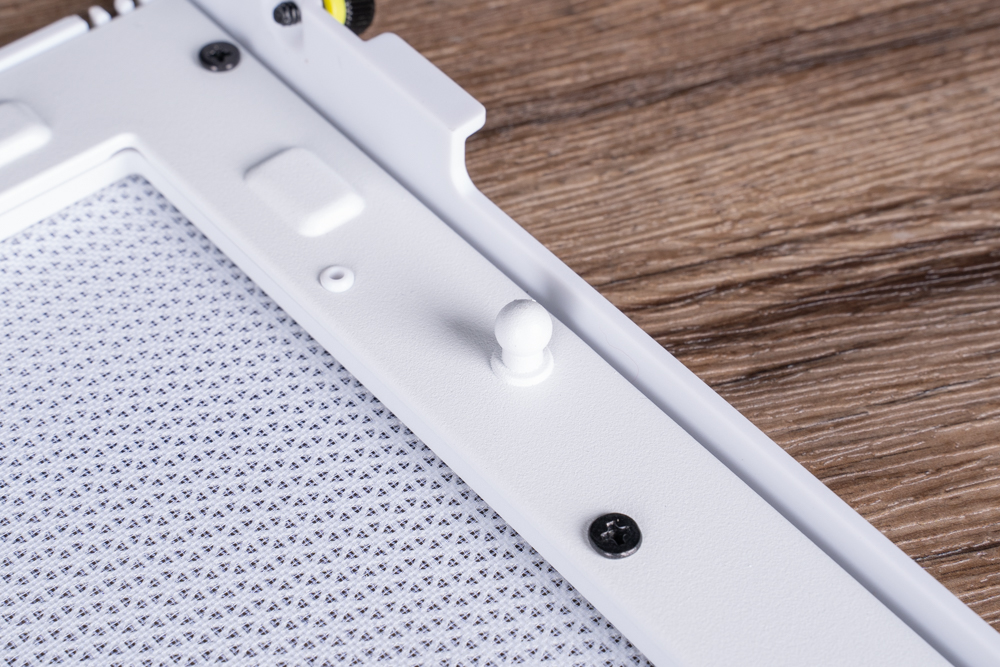
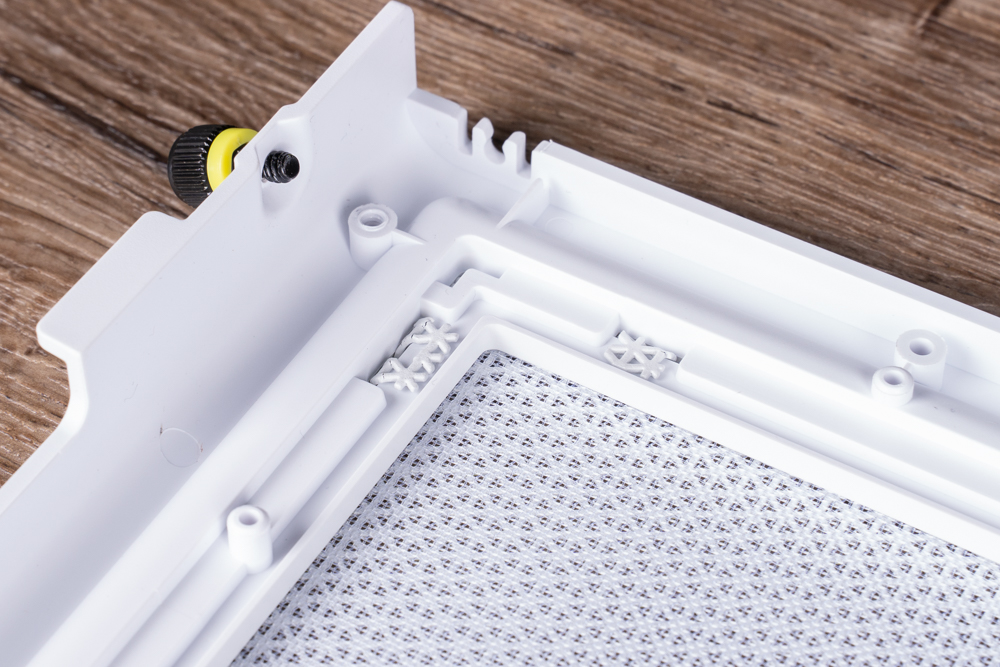
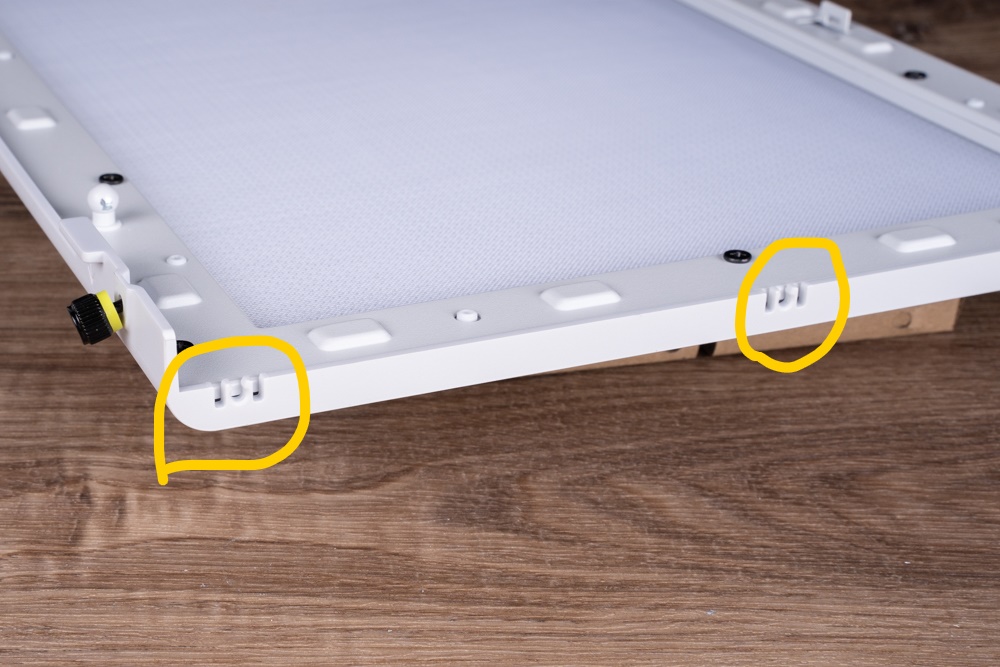
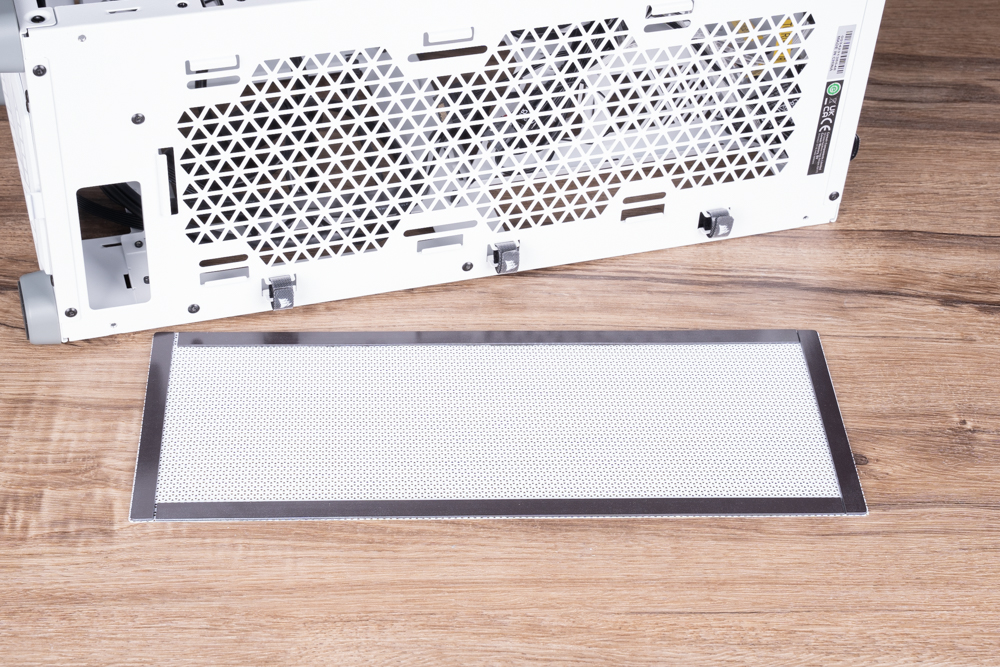
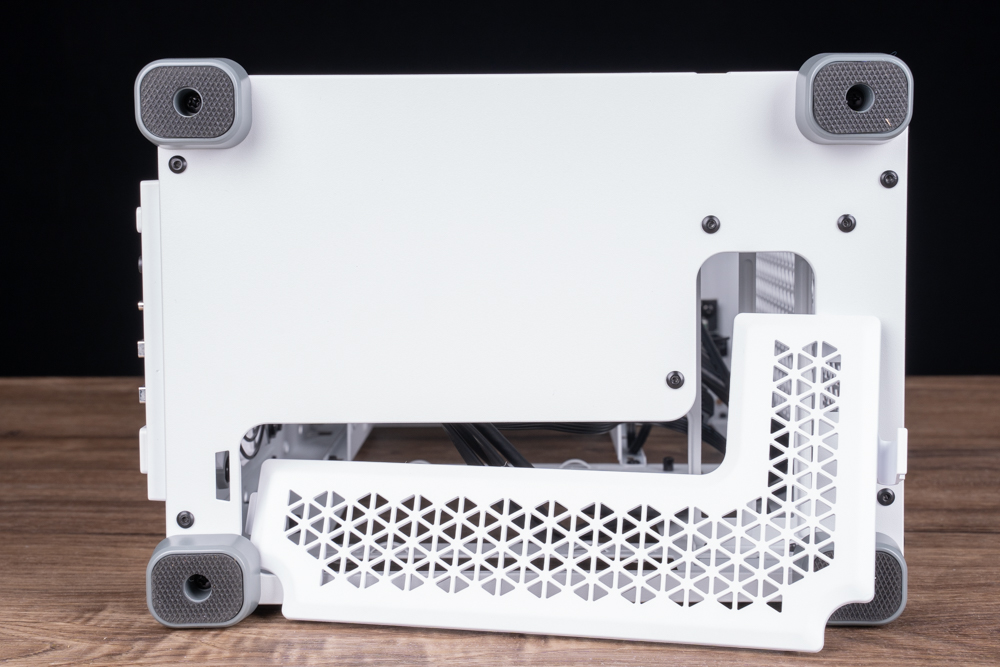
The case’s IO ports are situated beneath the front panel, offering 2 USB 3.0 Type-A ports, 1 USB 3.1 Type-C port, a 3.5mm headphone jack, along with a power and a reset button.
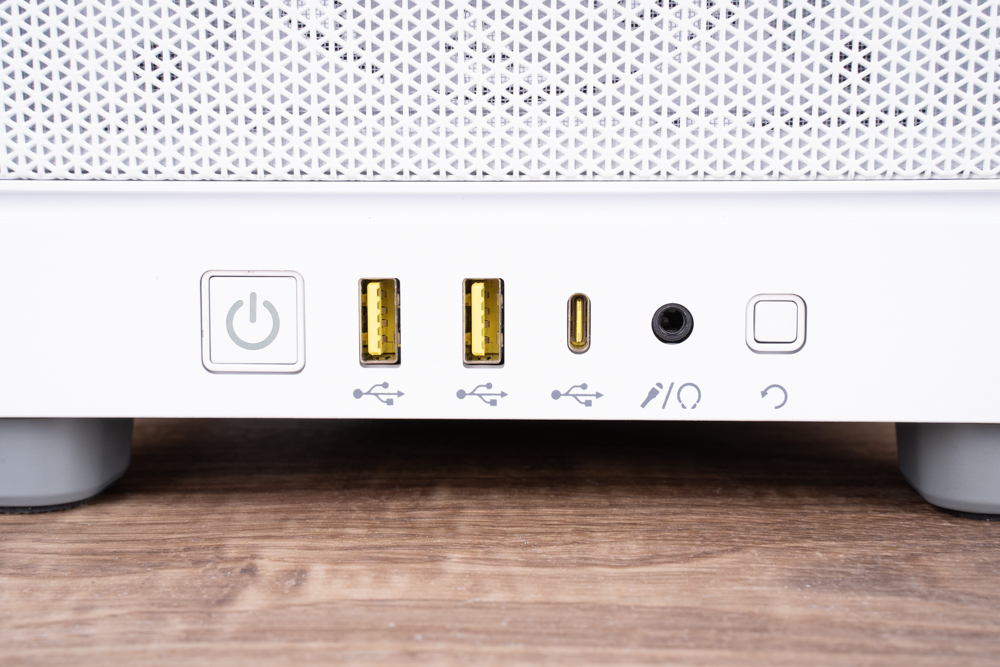
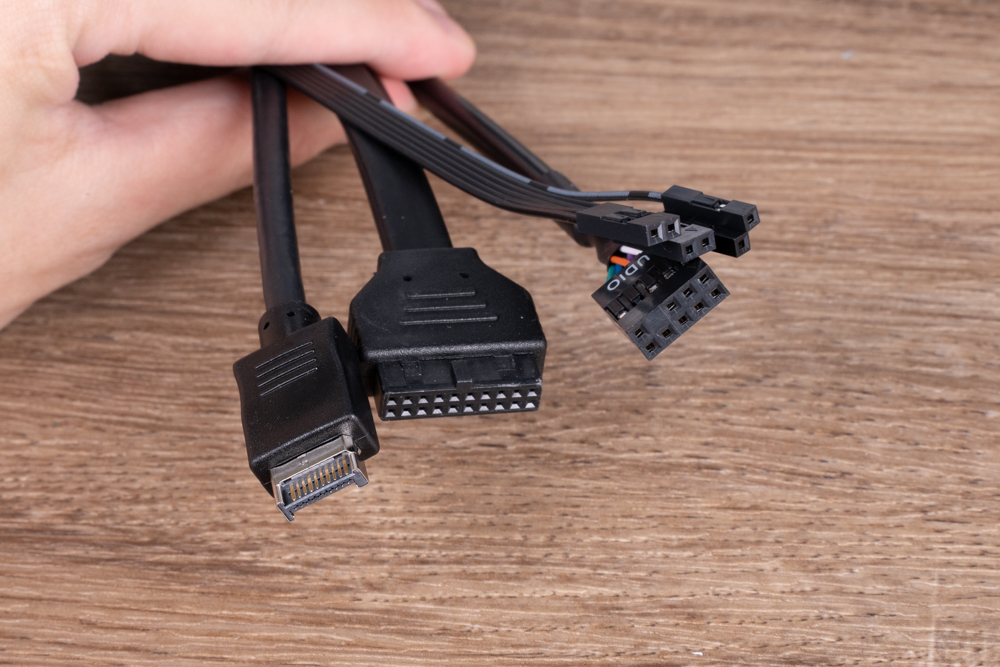
Included within the accessory box are the usual straps and screws. Additionally, a 90-degree angle power extension cable is provided due to the upward orientation of the power interface. Using a regular power cord would obstruct the closing of the top cover.
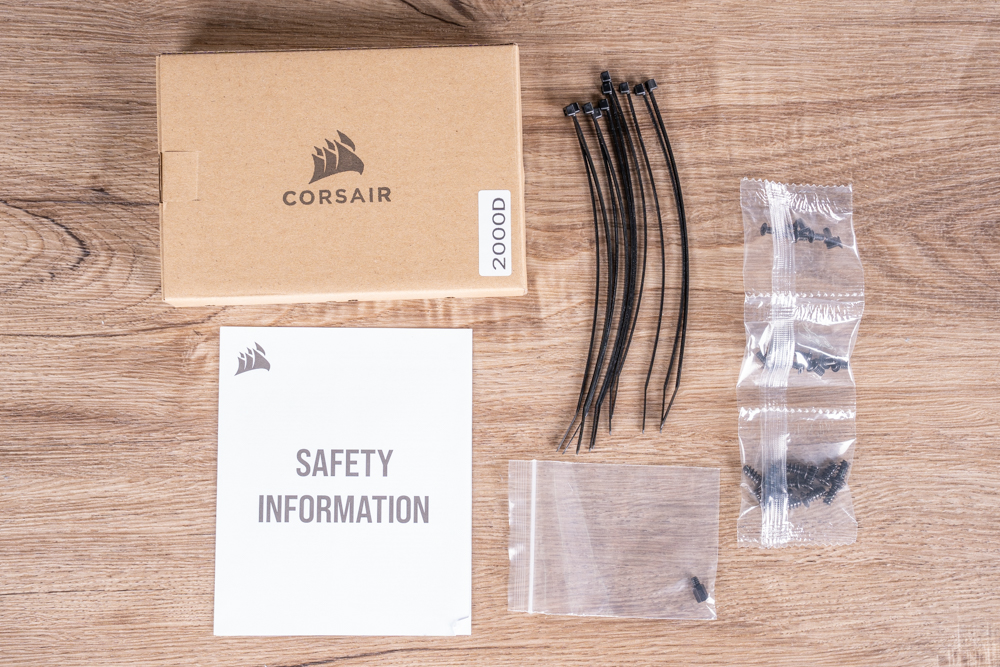
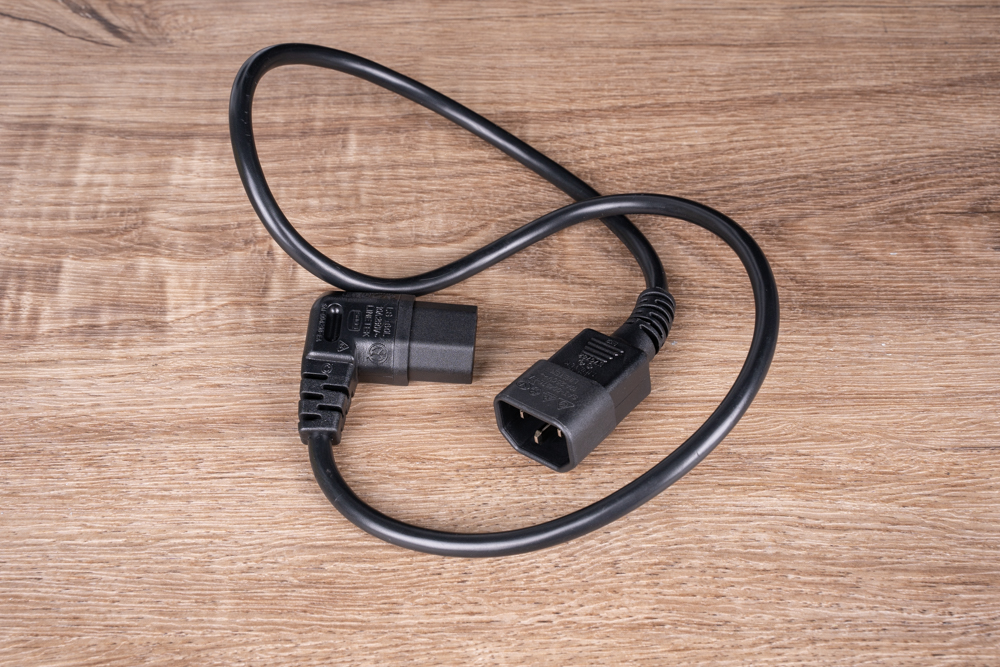
The internal structure design of the CORSAIR 2000D RGB AIRFLOW might initially seem complex to many, with its motherboard and graphics card installation locations not immediately apparent. However, when the case is laid flat, it becomes clear that it adopts a common ITX in-line graphics card layout, similar to the NCASE M1 and Cooler Master NR200. The advantage of this layout is that it prevents the CPU temperature from being influenced by the heat generated by the graphics card. Compared to the A4 layout’s sandwich structure, this design offers better heat dissipation. However, it’s larger than an A4 case and requires a more meticulous installation process. As such, it’s recommended that users familiarize themselves with the process before beginning installation.
With the CORSAIR 2000D RGB AIRFLOW, both the motherboard’s rear IO and the graphics card’s IO are oriented downwards, meaning the cables emerge from the bottom of the case. The upside of this design is a cleaner appearance, while the downside is that it can make inserting and removing cables a bit more challenging.
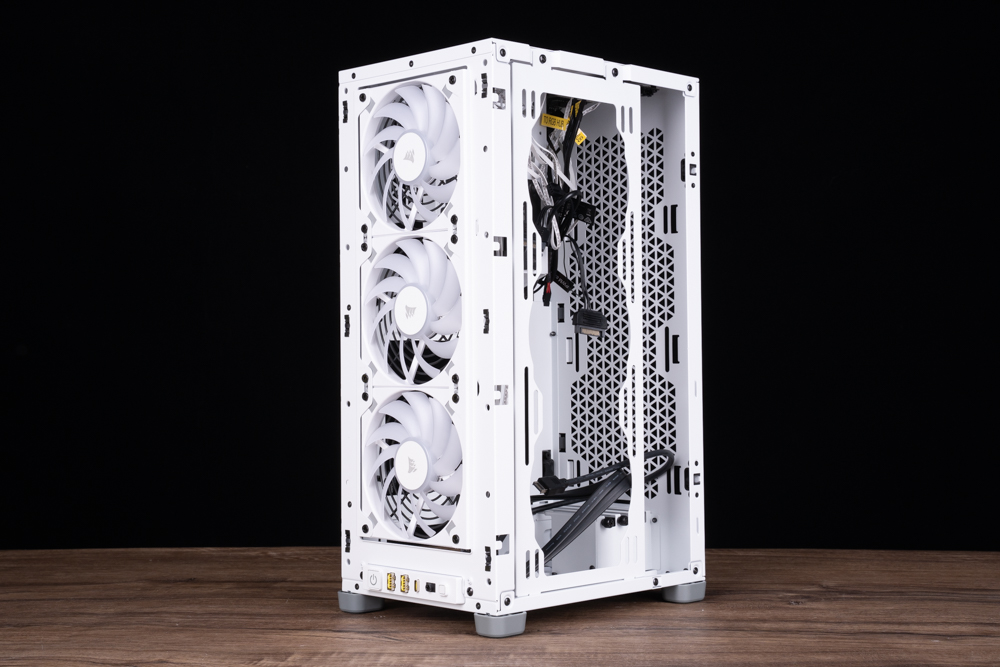
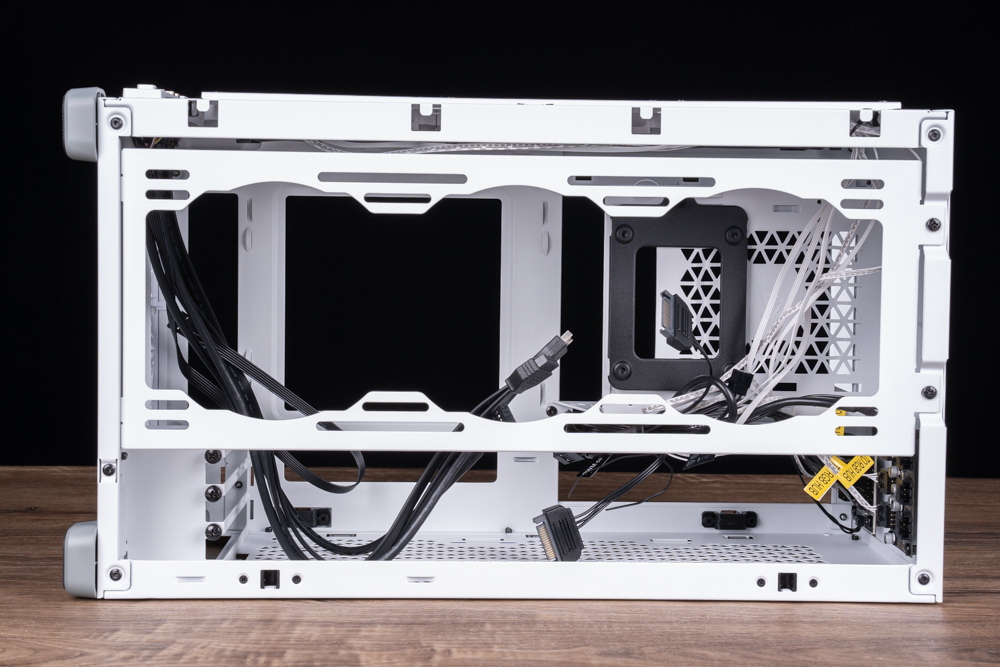
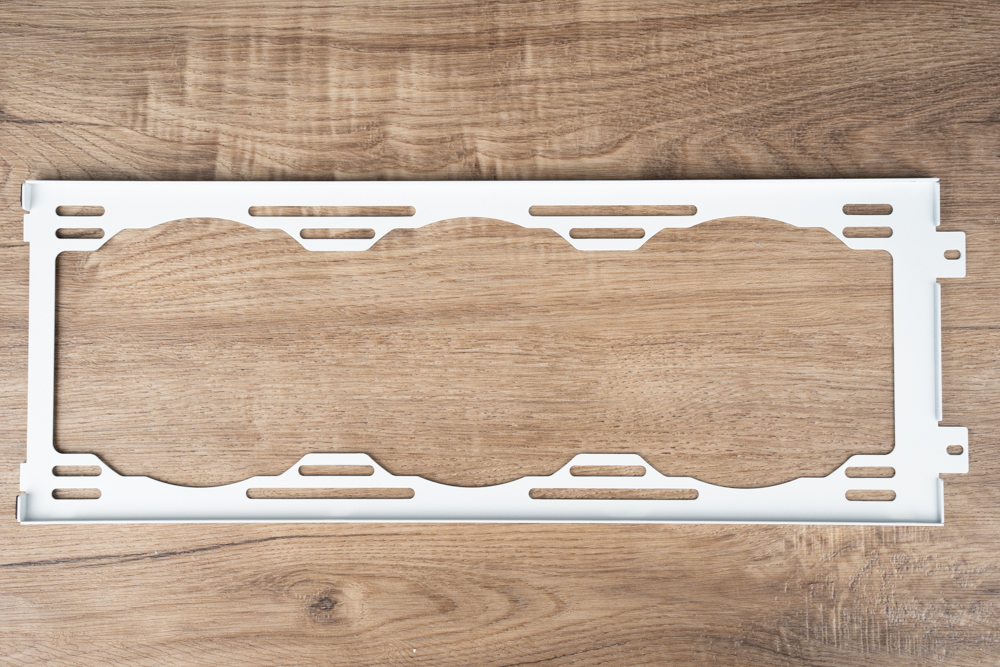

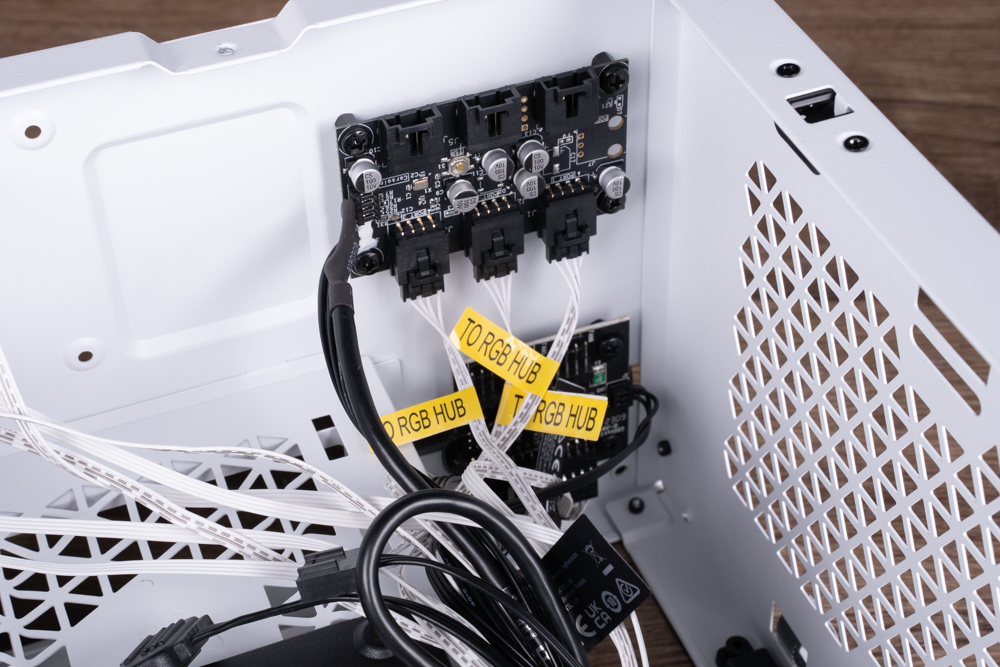
The CORSAIR 2000D RGB AIRFLOW comes equipped with three AF120 ARGB SLIM fans. The SLIM label indicates that these fans are thinner, with a thickness of only 15mm. The case also comes pre-installed with Corsair’s renowned light controller that supports up to six of Corsair’s ARGB fans. In addition, it features a hub that accommodates up to six sets of PWM fans.
Corsair has thoughtfully installed protective nets for the three fans to prevent cables from being sucked in. Both the fans and the protective nets are pre-installed on the case, reflecting a considerate design approach.
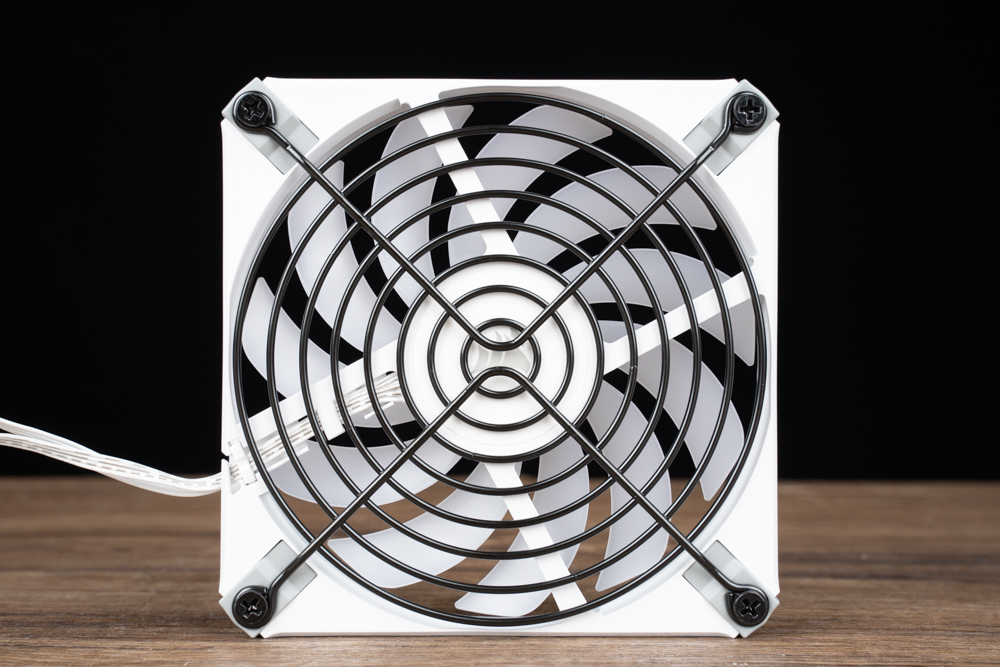
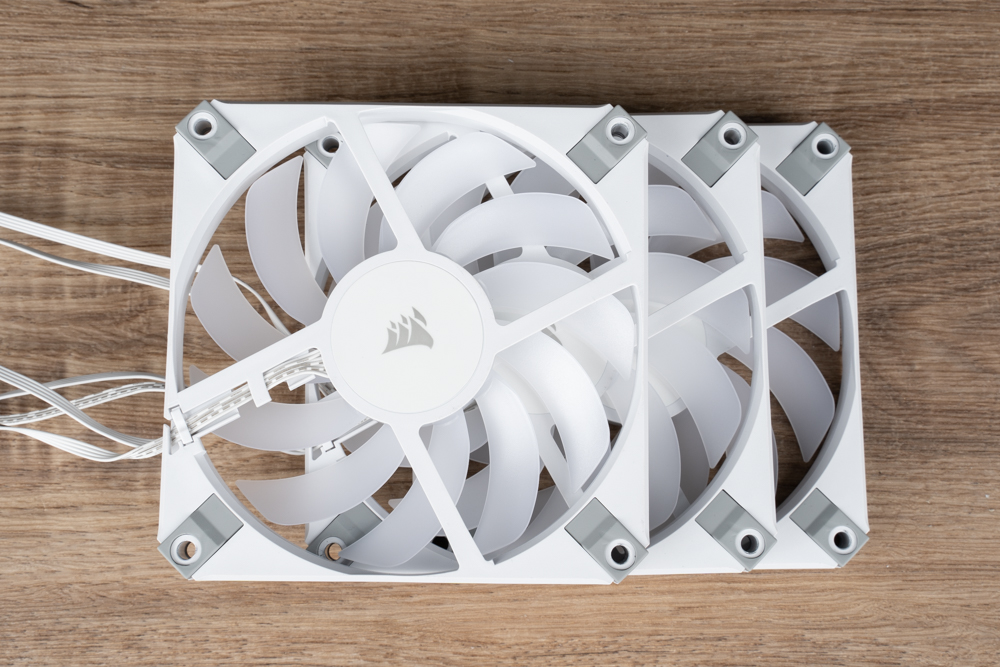
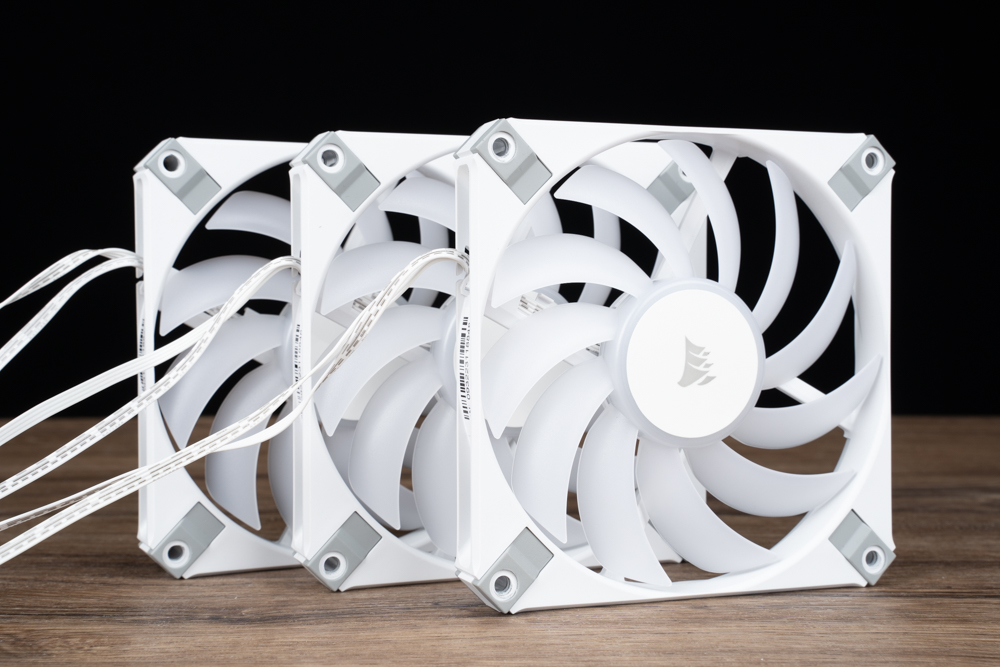

ATX 3.0 New Standard + SFX-L Small Size | CORSAIR SF850L Unboxing
The Corsair SF series is a well-established line of SFX power supplies. It has launched the SF450/SF650W Gold SFX Power Supplies as well as the SF450/SF650/SF750W Platinum Platinum Power supplies, which are recognized for their reliability and quiet operation.
Advancing into the ATX 3.0 era, Corsair introduced the SF850L, along with the higher wattage SF1000L. These models comply with the Intel ATX 3.0 standard and have earned both the 80 PLUS Gold certification and the CYBENETICS Platinum certification. The SFX-L size is 3cm longer than the standard SFX, which accommodates a quieter 12cm fan. When the load falls below 30%, the fan automatically stops to maintain a silent operation.
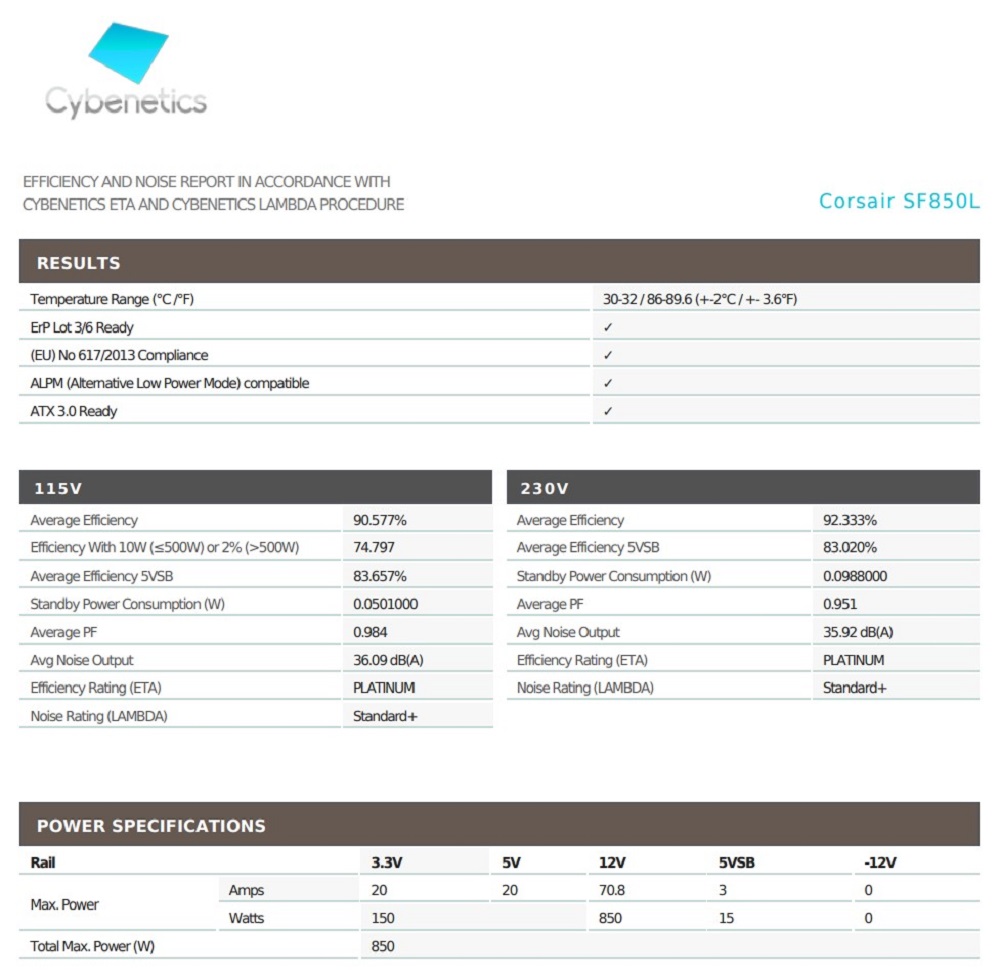
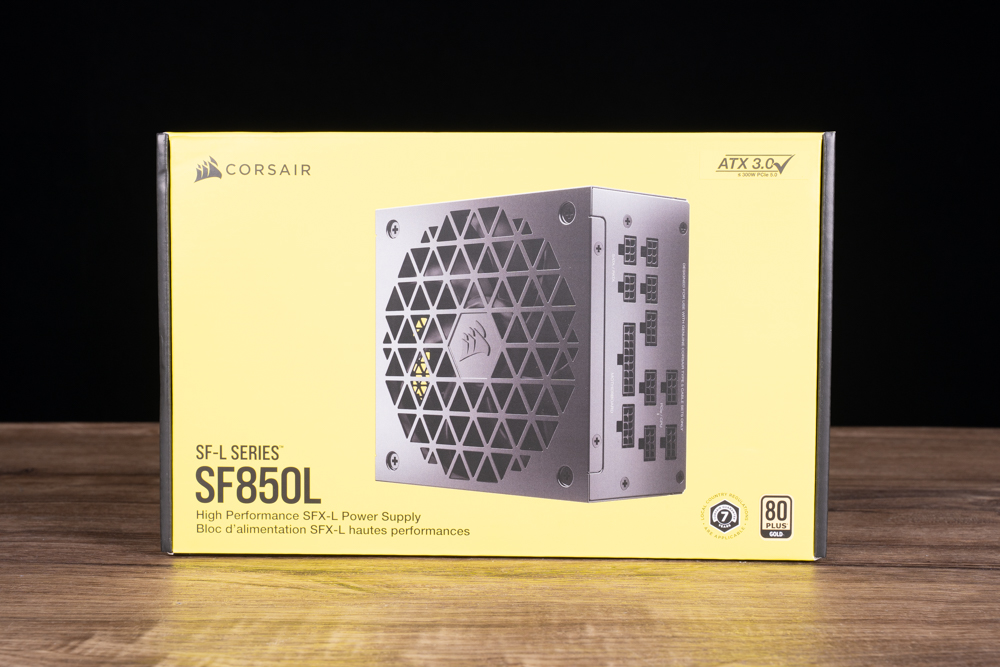
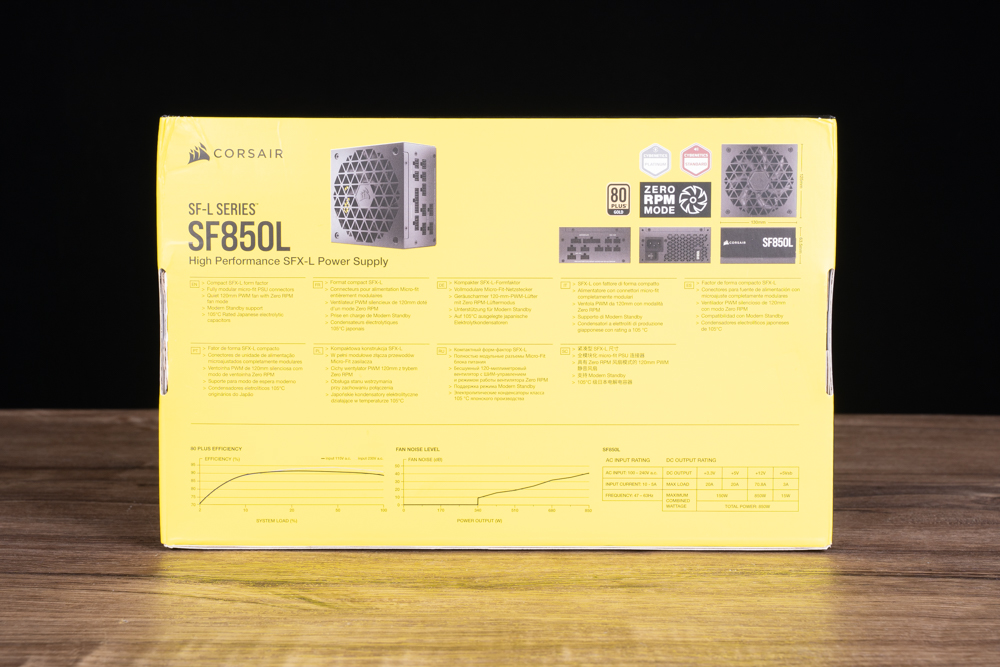
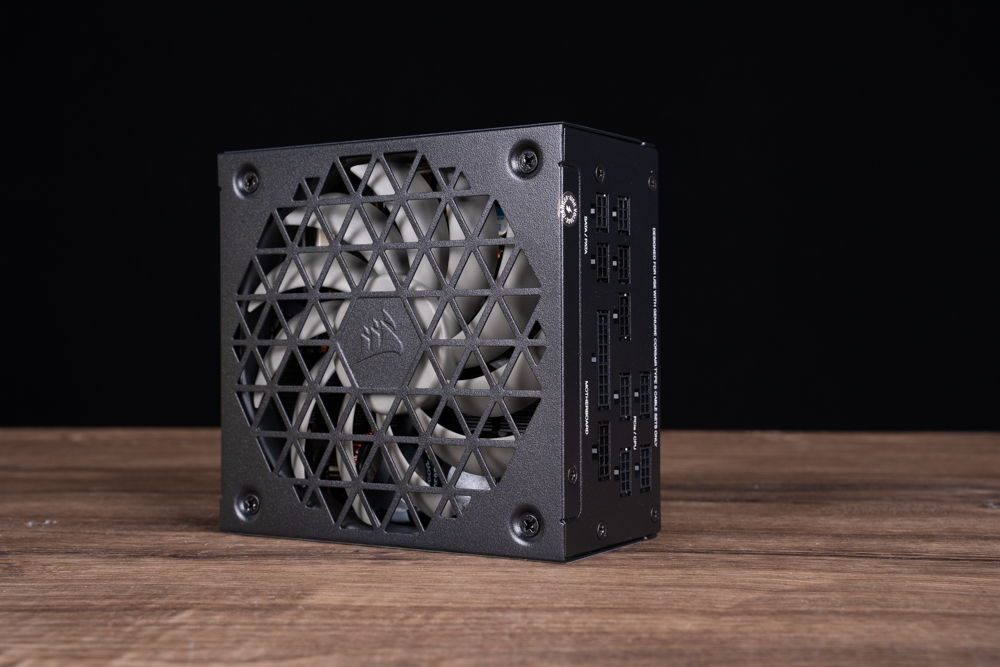
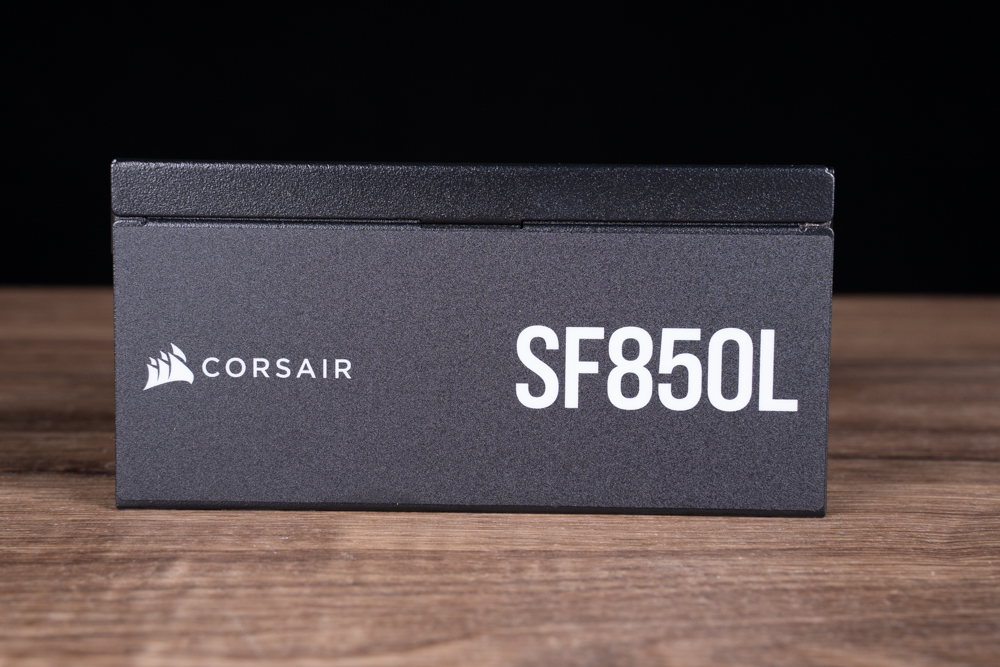
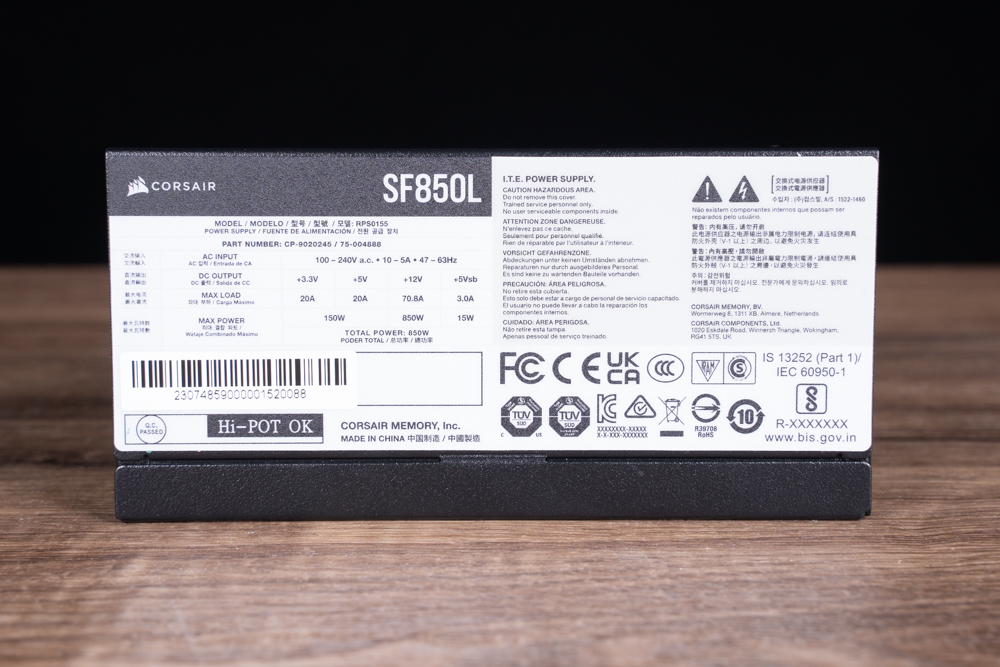
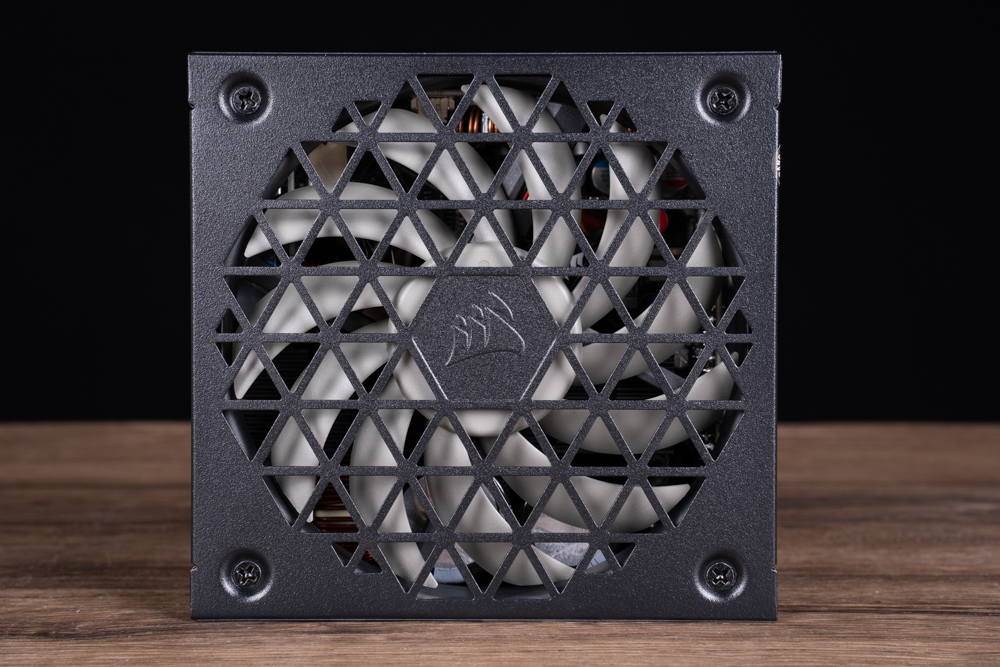
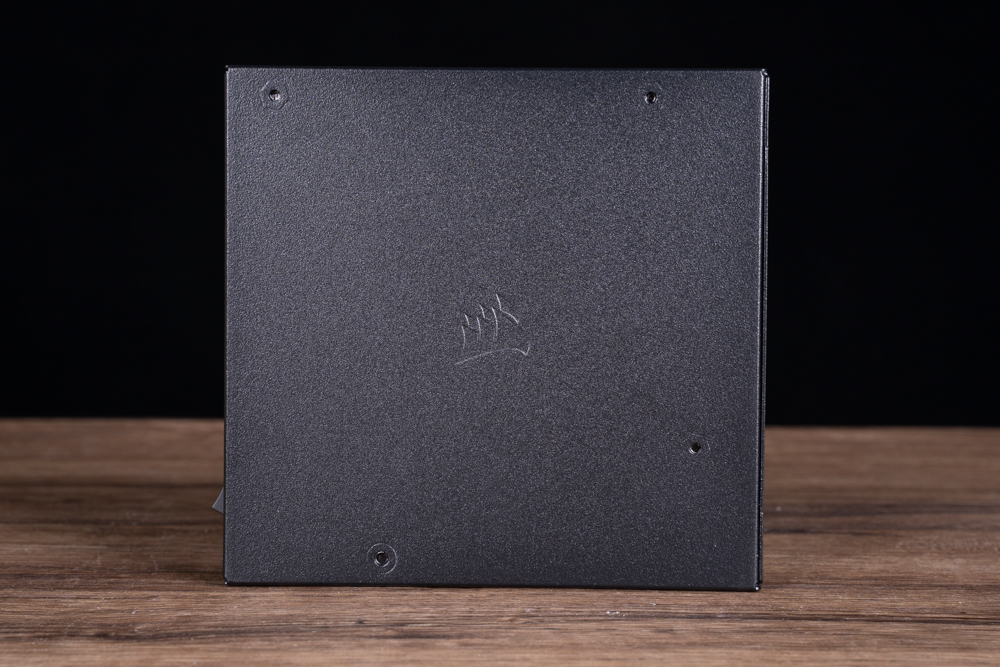
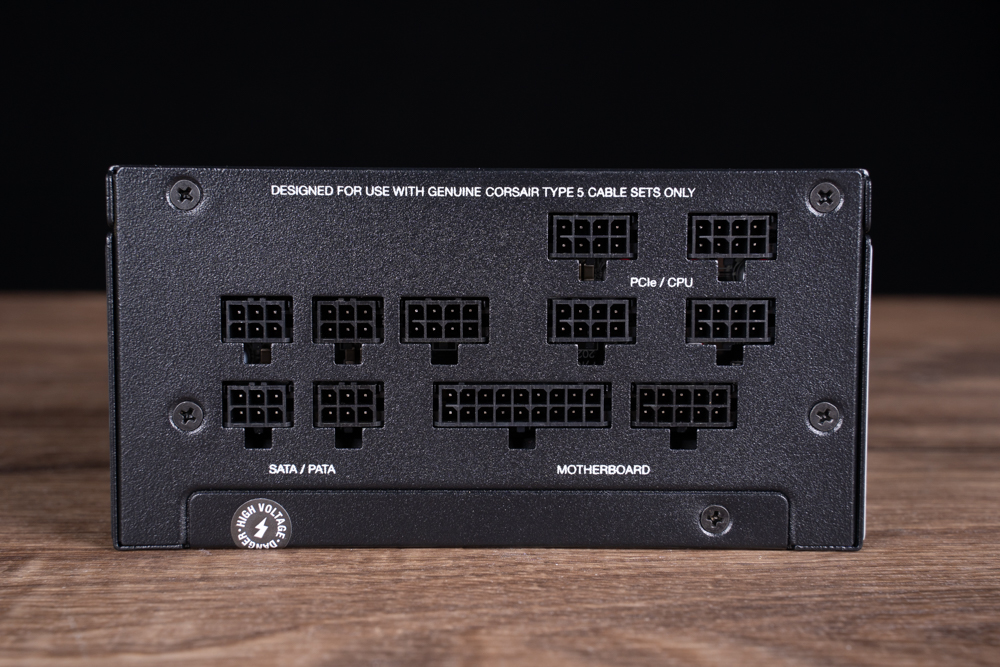
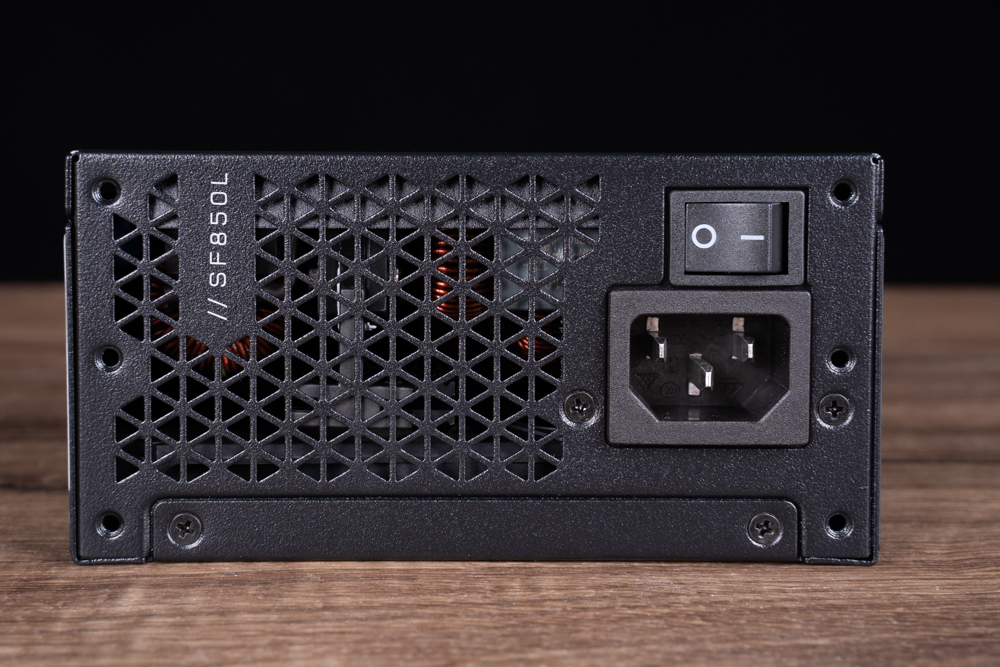
The CORSAIR SF850L employs a fully modular cable design. The connector on the power supply end utilizes the relatively rare Type 5 specification to conserve space, making it considerably smaller than conventional connectors.
The cable comes with 1 ATX 24pin connector, 2 CPU 4+4 pin connectors, 1 12VHPWR connector, 2 PCIe 6+2 pin connectors, 1 PCIe 6+2 pin connector branching into 2, 2 SATA connectors, and 1 large 4 pin connector. The 12V power supply wire uses a 16AWG wire diameter, and all-black flat wires are used. However, it’s a shame that the braided wire found in the SF750 Platinum model is not utilized in this instance.
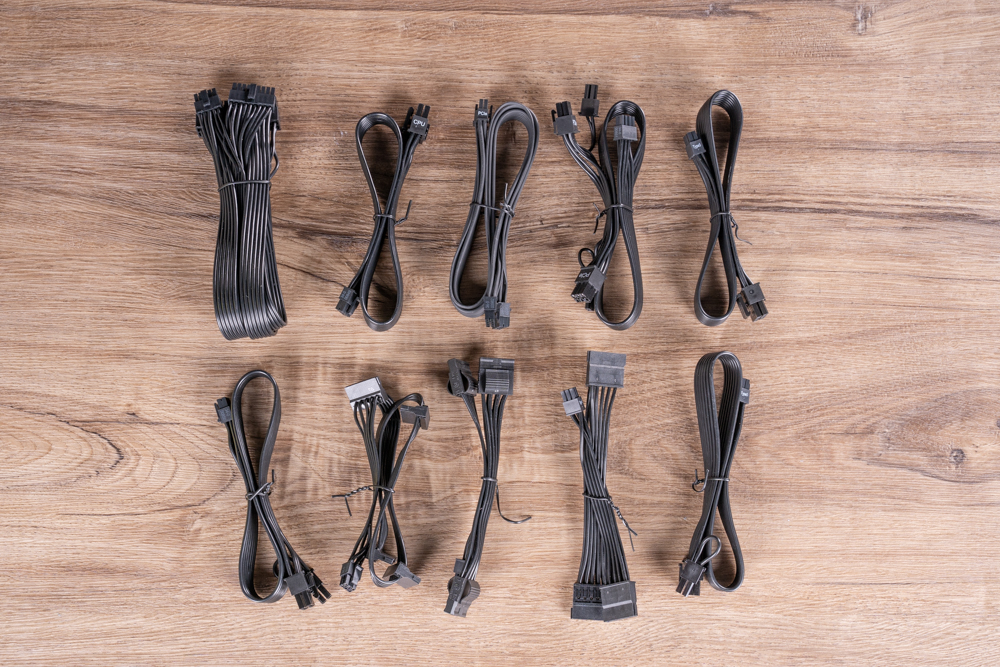
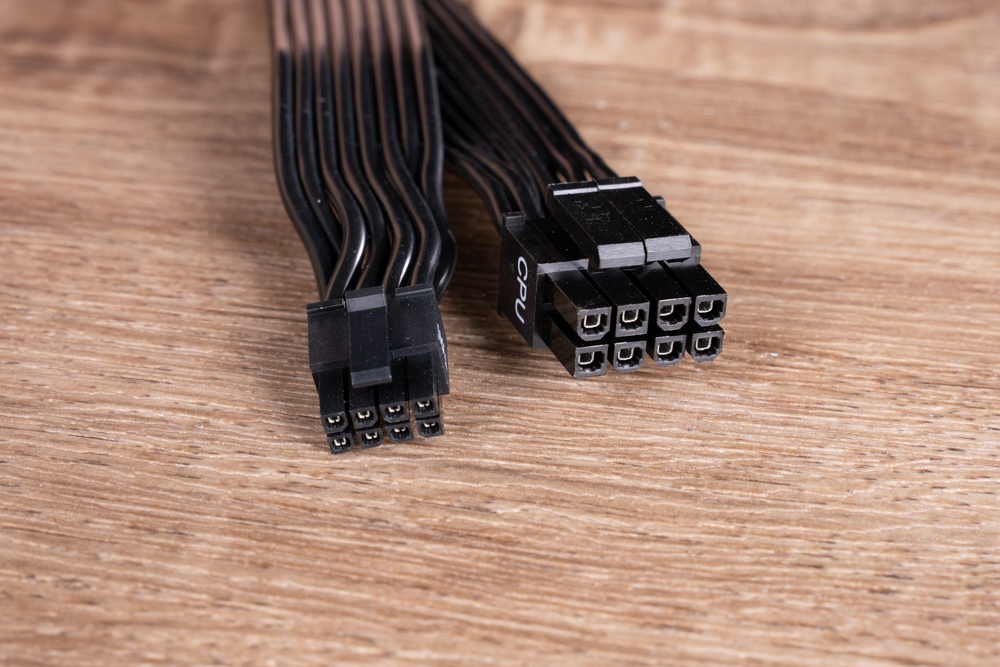
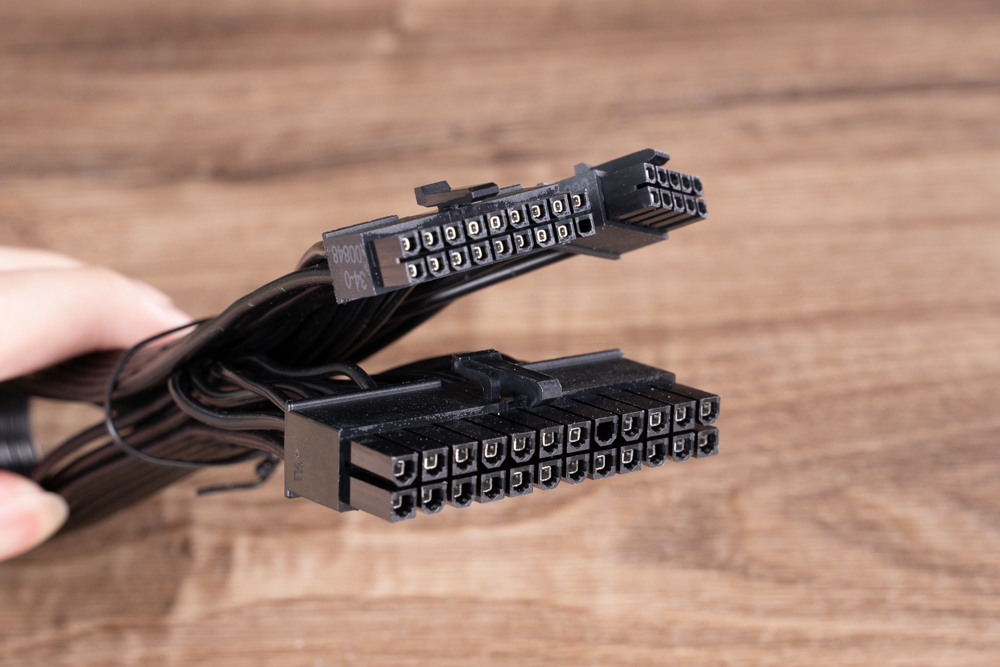
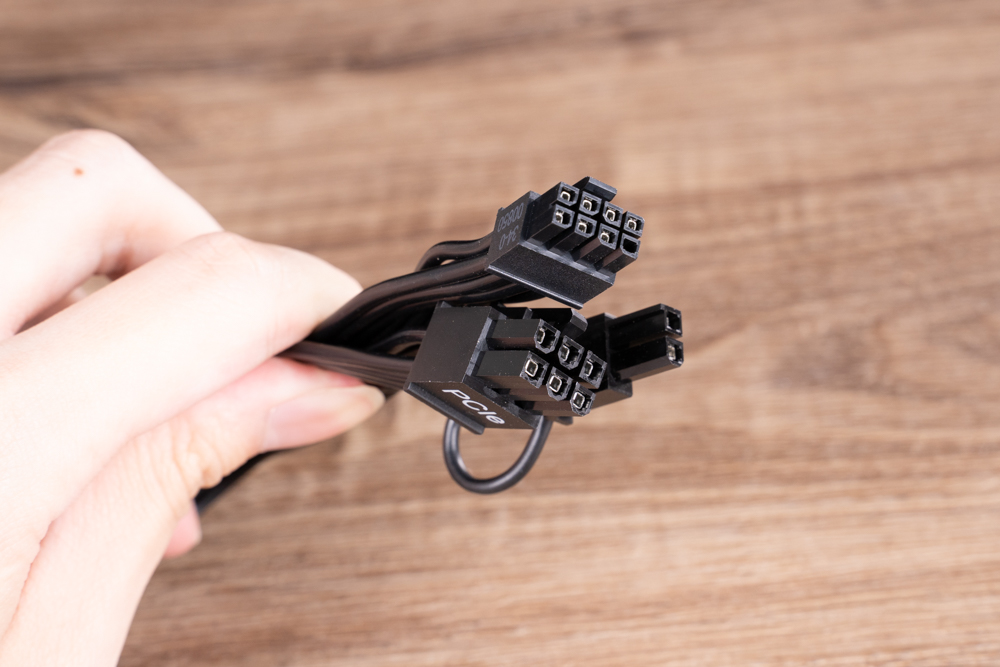
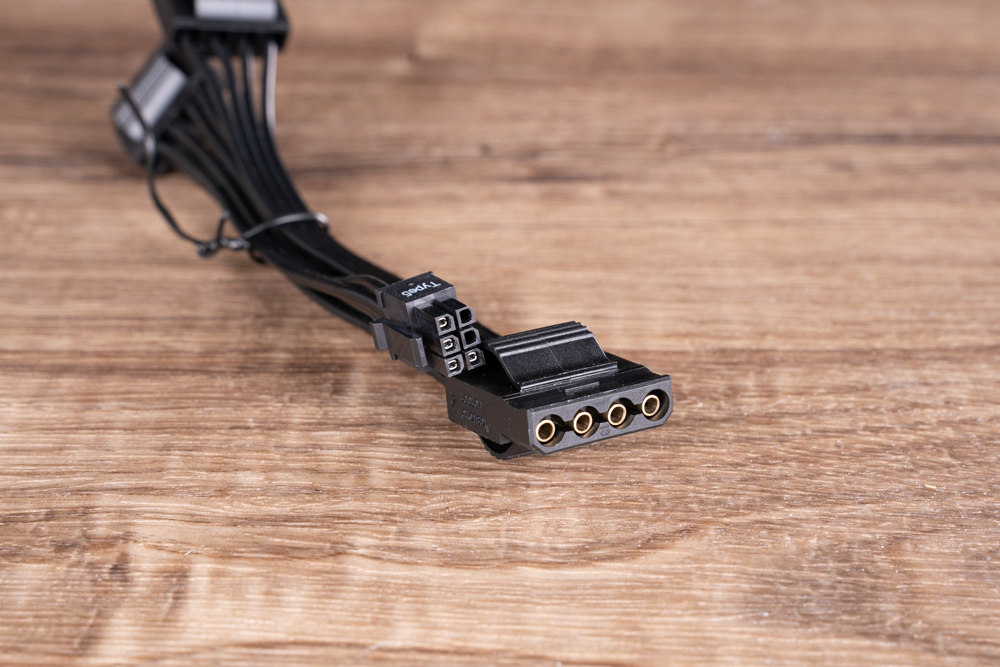
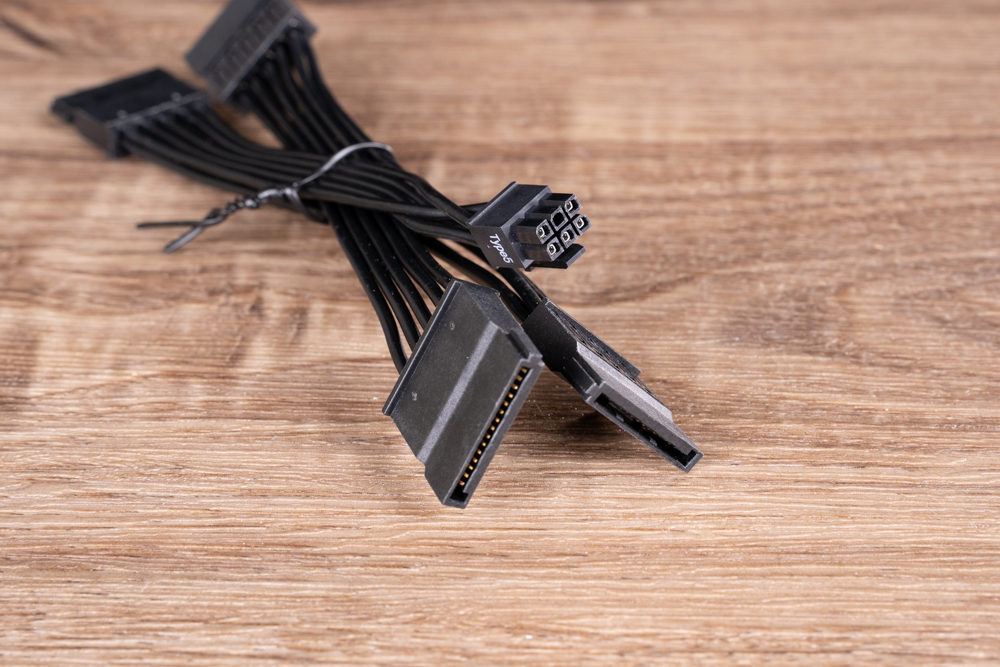
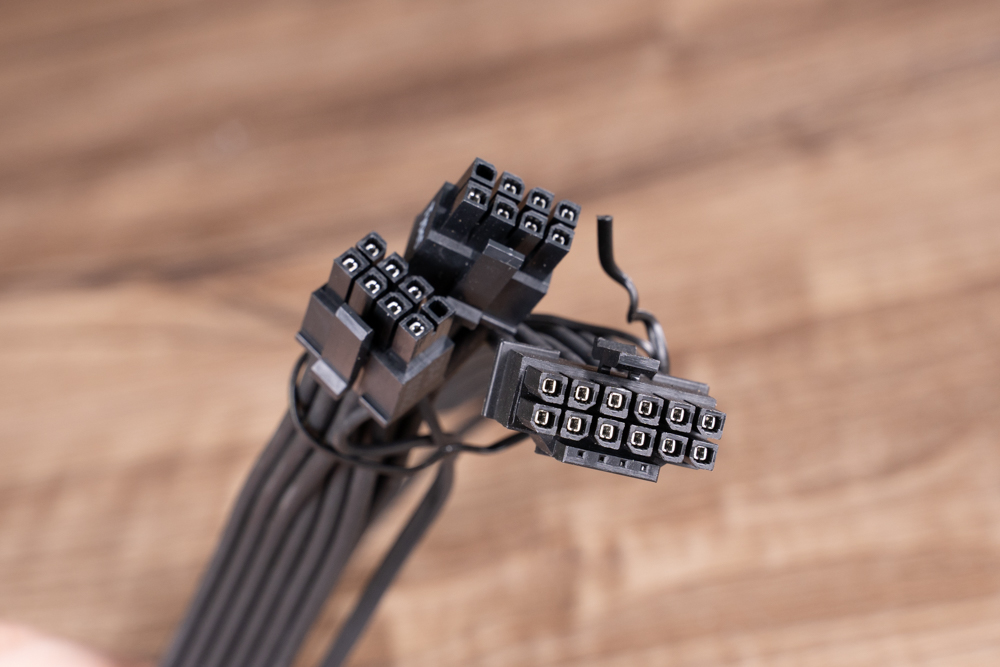
The accessories include an SFX-to-ATX power supply bracket. This allows for the installation of the SF850L in a traditional ATX power supply mounting position.
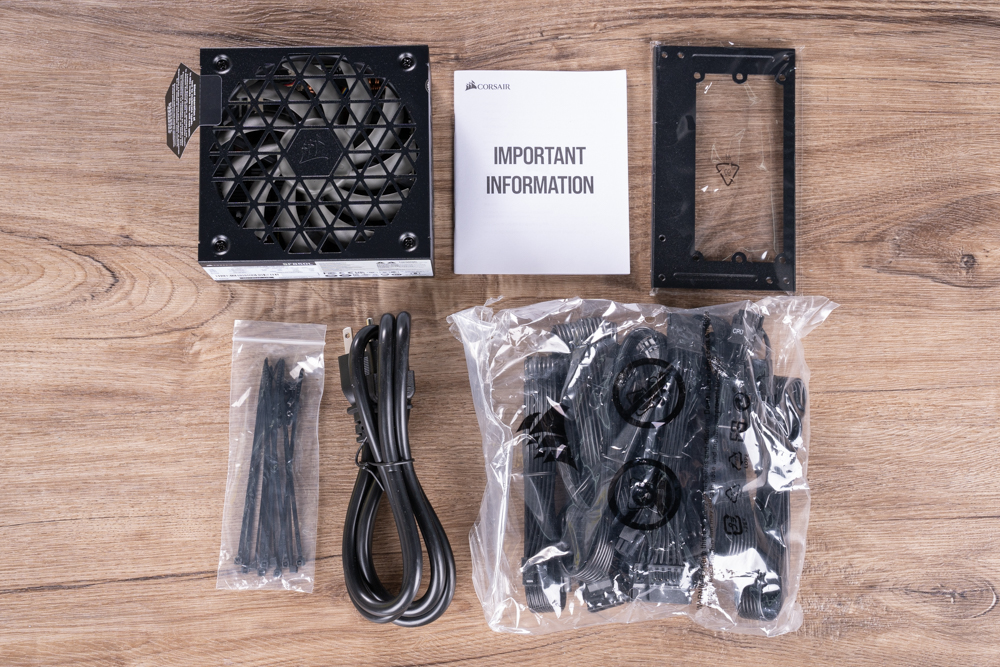
CORSAIR 2000D RGB AIRFLOW installation and measurement
In the CORSAIR 2000D RGB AIRFLOW, the power supply is situated in the upper section of the case. The power cord that connects to the main power source extends from the top of the case. An included 90-degree adapter cable inside the case facilitates this arrangement.
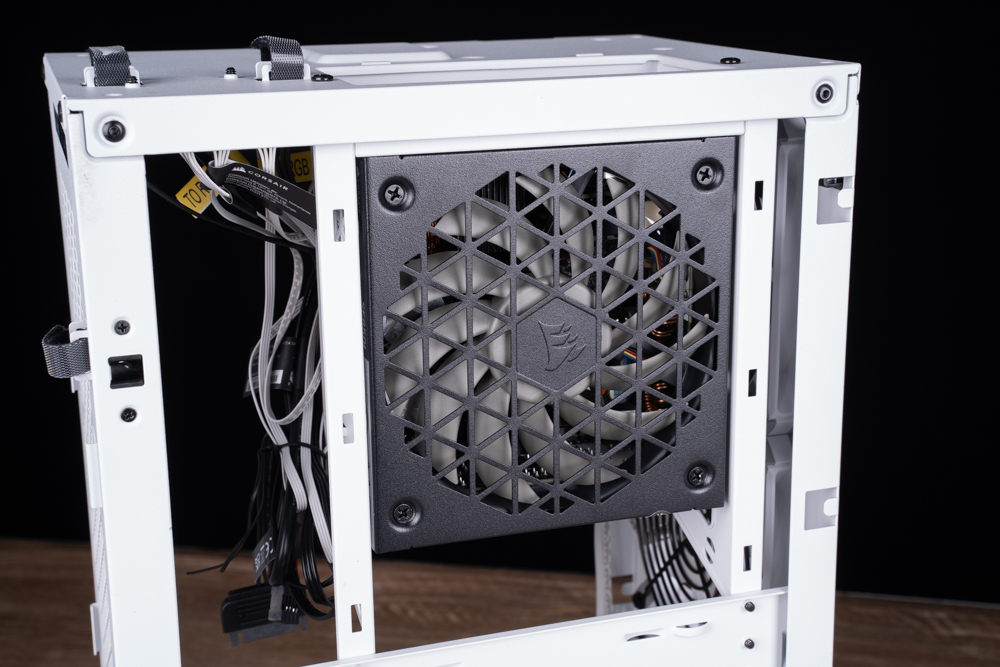
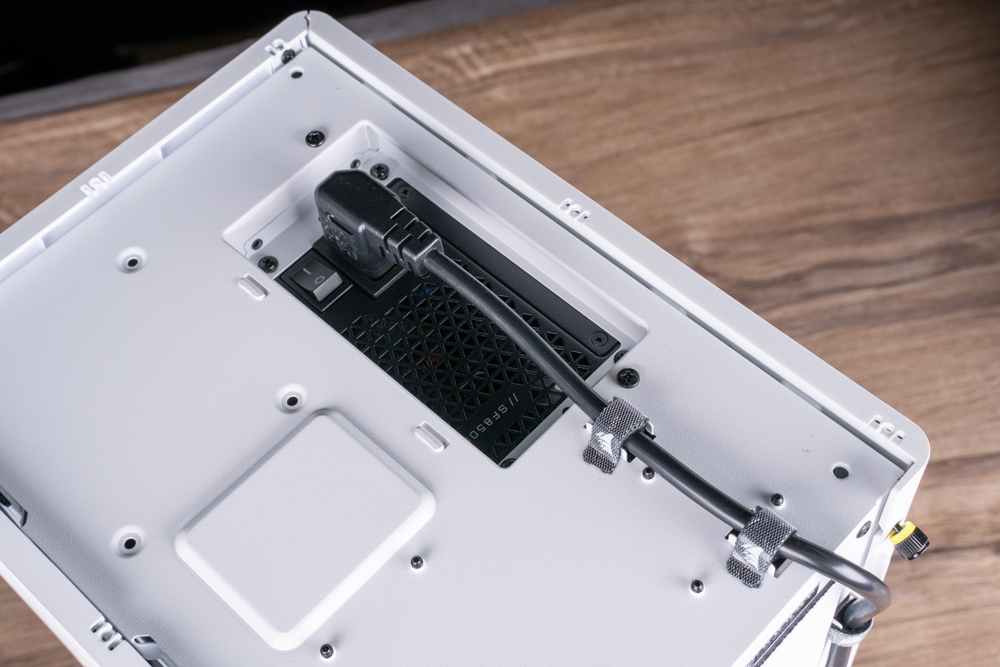
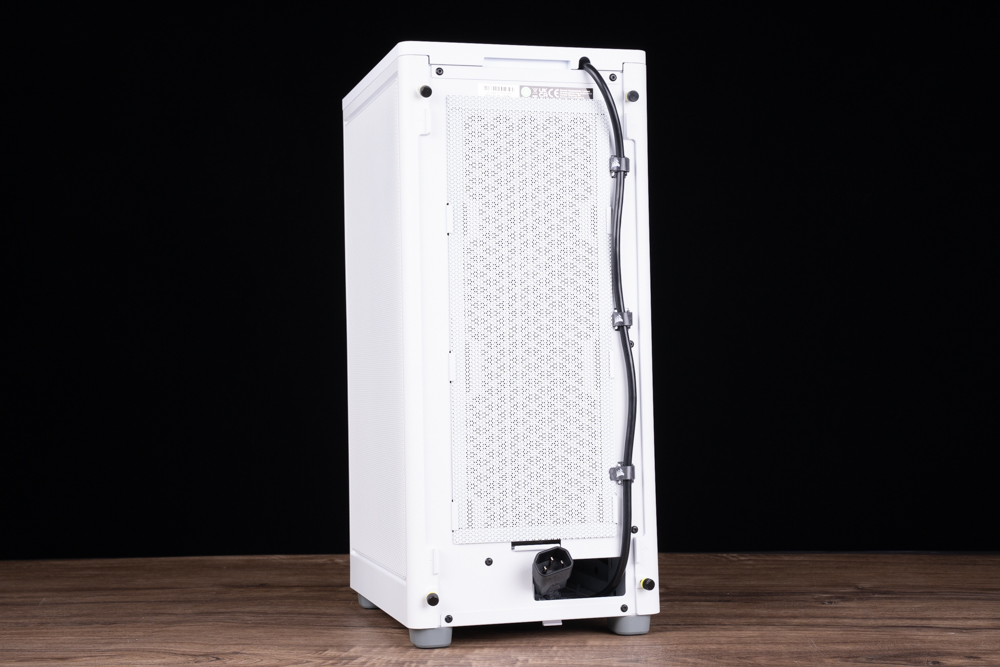
The suggested sequence for installation is as follows: start with the power supply, then proceed to install the CPU, motherboard, and memory. Next, connect all applicable wires. Following that, install the CPU water block and cooling radiator. Finally, install the graphics card.
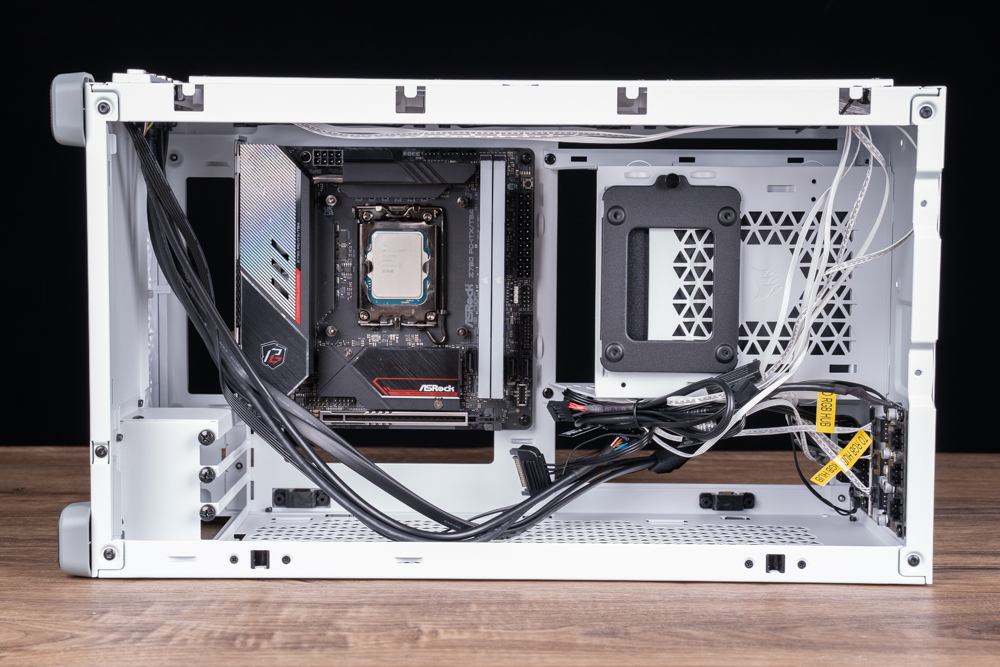
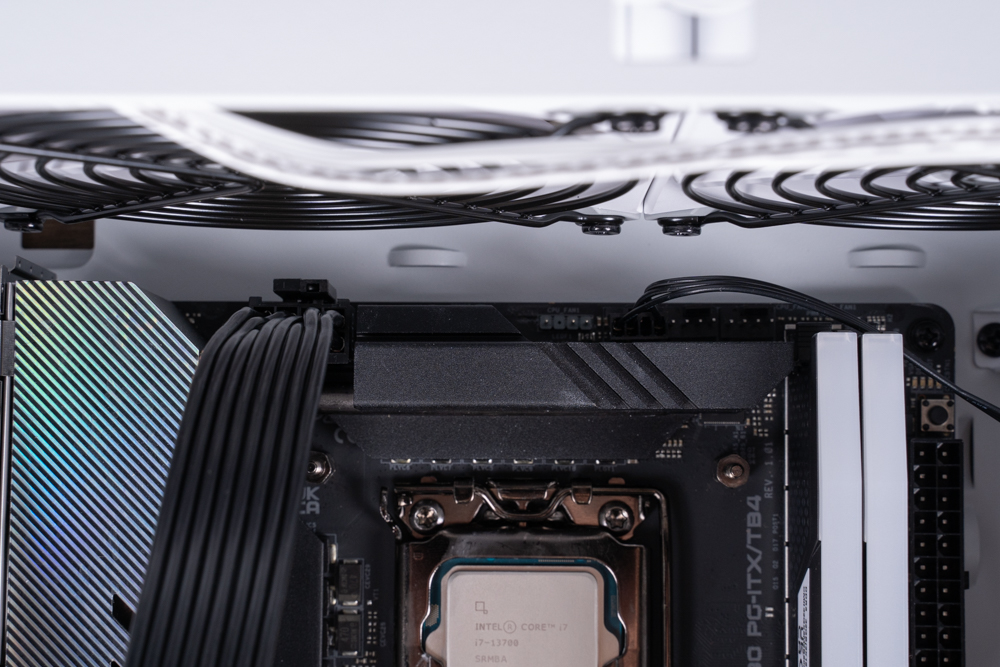
The CORSAIR 2000D RGB AIRFLOW supports three 2.5-inch hard drives. Two of these can be installed using a tray (though only one set is included with the original package), while the other can be secured using screws.
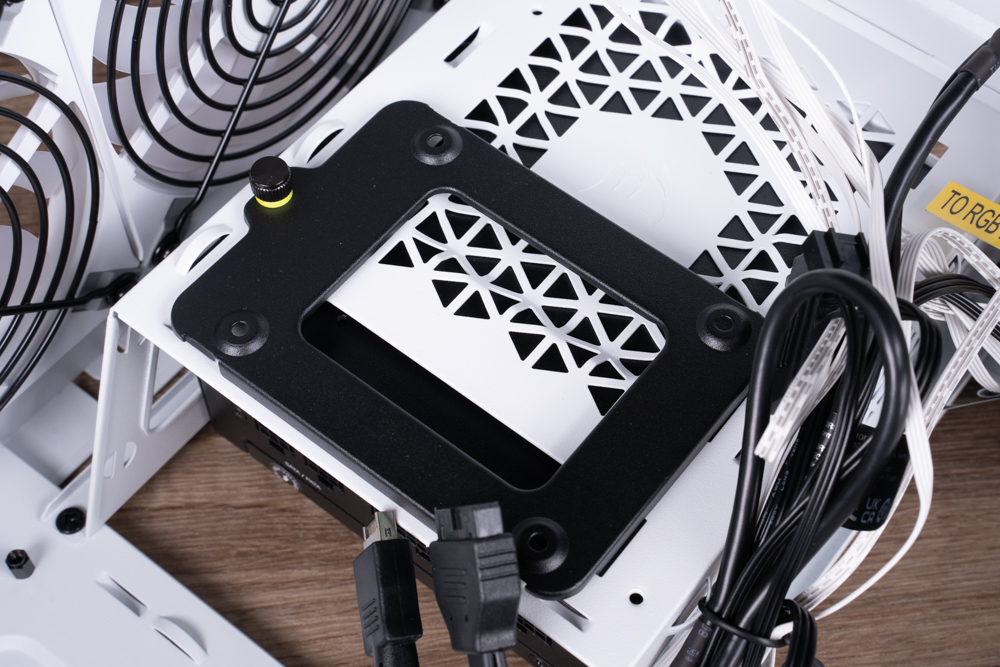
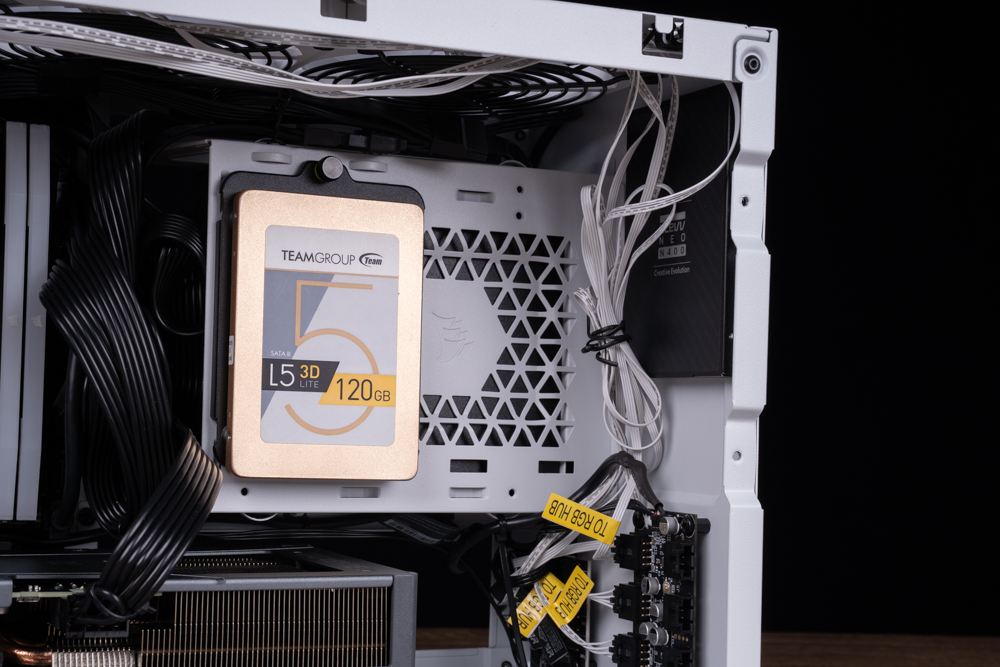
The CORSAIR 2000D RGB AIRFLOW has a limit for the graphics card size – up to a length of 365mm and a thickness equivalent to three slots. This allows for the installation of most mainstream graphics cards without any issues. The case’s air cooling height limit for the CPU is 90mm. However, it’s rare that people choose to install air cooling in this case.
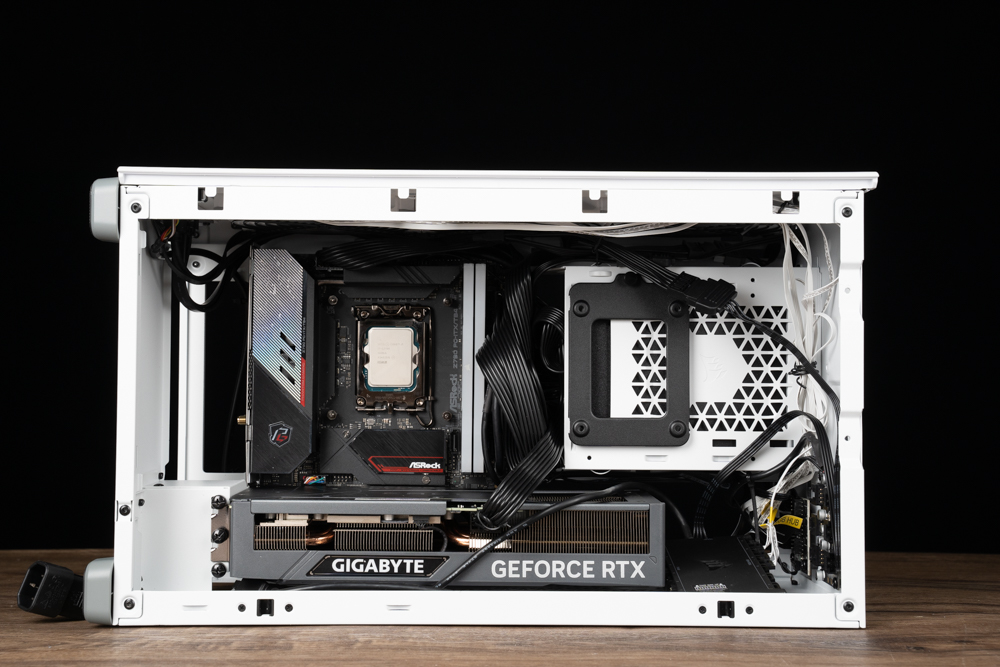
The controller included with the Corsair setup needs to be connected to the motherboard’s USB 2.0 and SATA for power. It’s important to note that most mainstream ITX motherboards today only have one onboard USB 2.0. In this installation example, the CORSAIR H150i ELITE LCD water cooler and its fan will occupy one USB 2.0 slot. Thankfully, all Corsair products can share the same controller, but if you purchase other brands of water-cooling products, you’ll need to ensure they don’t require a USB 2.0 interface, or alternatively, purchase a USB 2.0 one-to-two cable to prevent a shortage of USB 2.0 slots.
This structure can be challenging to install because once the cooling radiator is in place, it blocks most of the internal space. This means all parts and cables must be installed before you can install the cooling radiator. Furthermore, preventing the internal cables from being disrupted by the water-cooling fan is a considerable challenge and requires adept cable management skills.
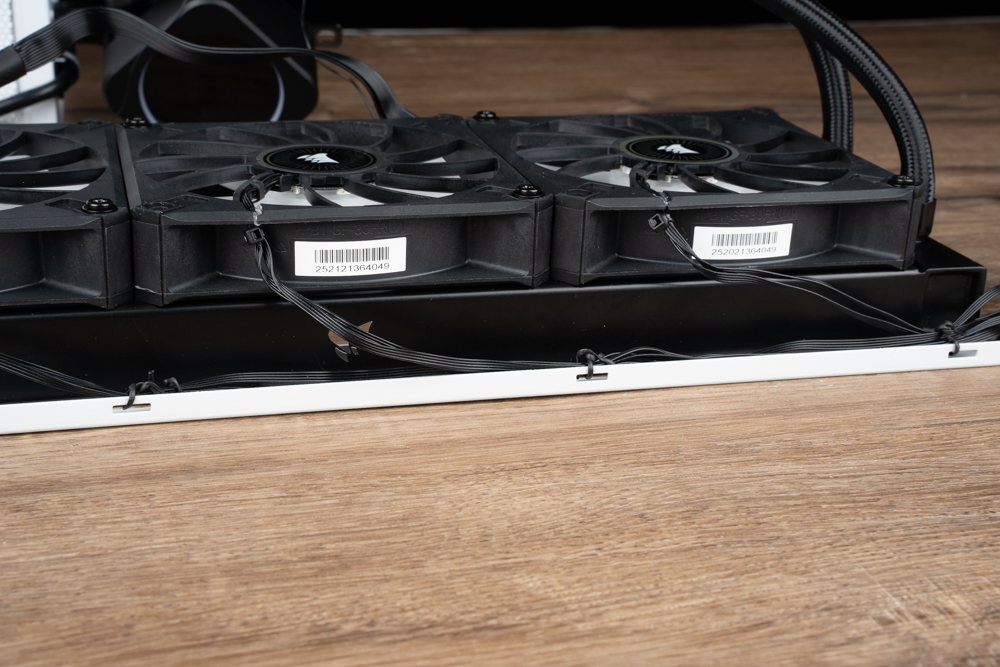
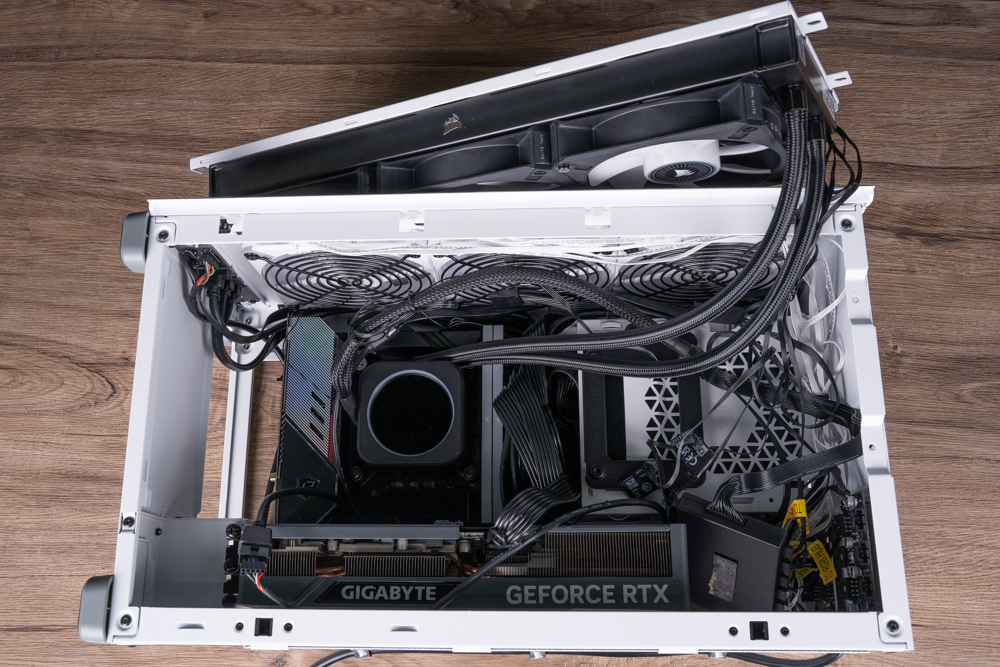
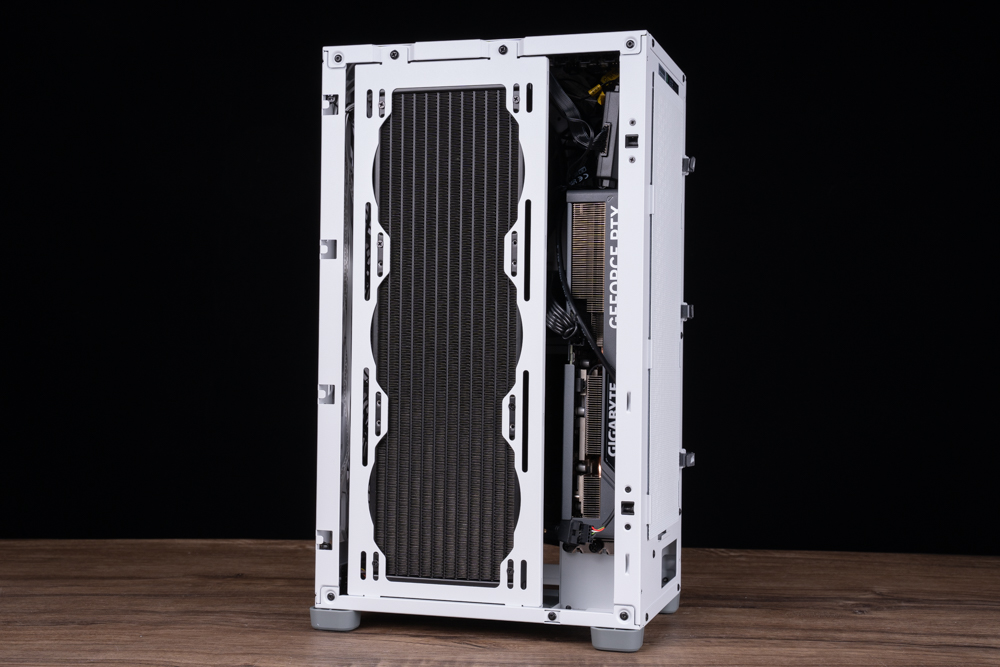
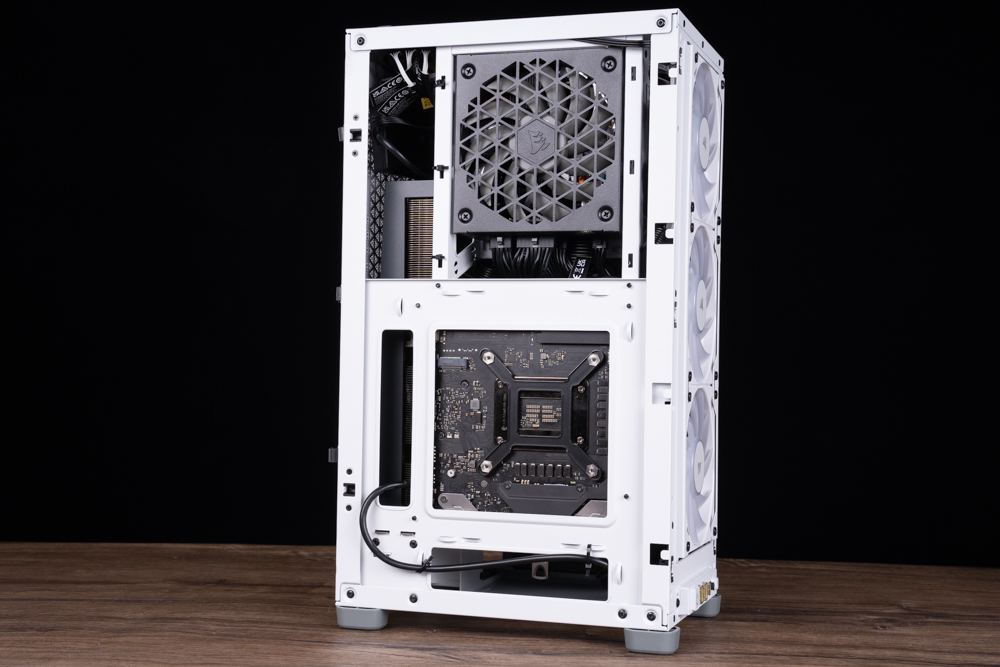
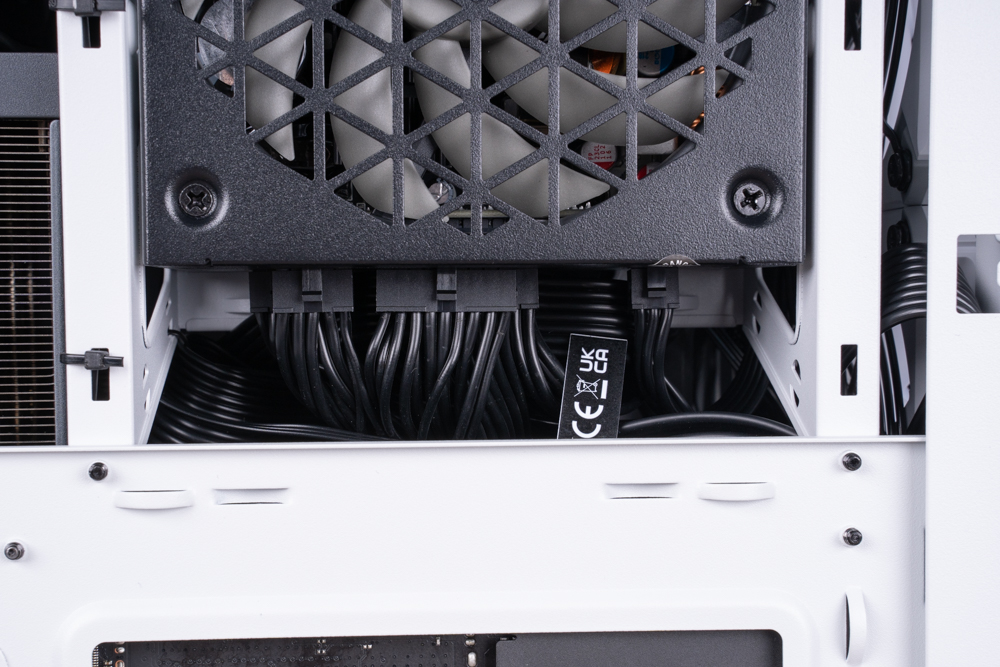
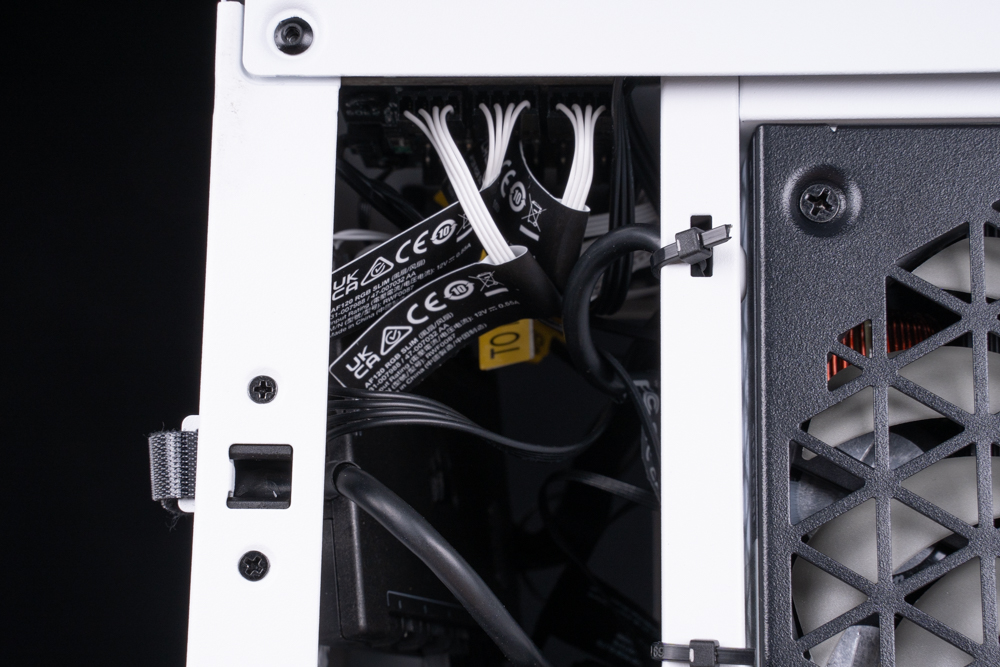
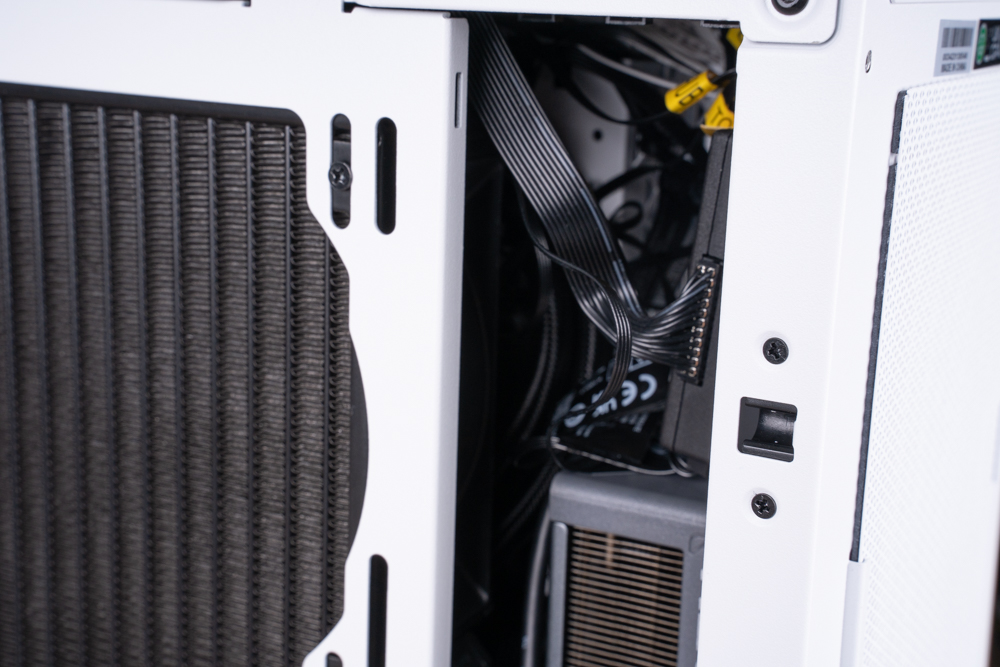
Managing computer cables that come out from the bottom can be slightly inconvenient, but if organized well, it can lead to a cleaner and more streamlined look. There’s ample space for bending cables like DP and HDMI. Furthermore, the case’s front panel offers 2 USB Type-A and 1 Type-C port, providing sufficient accessibility for daily use.
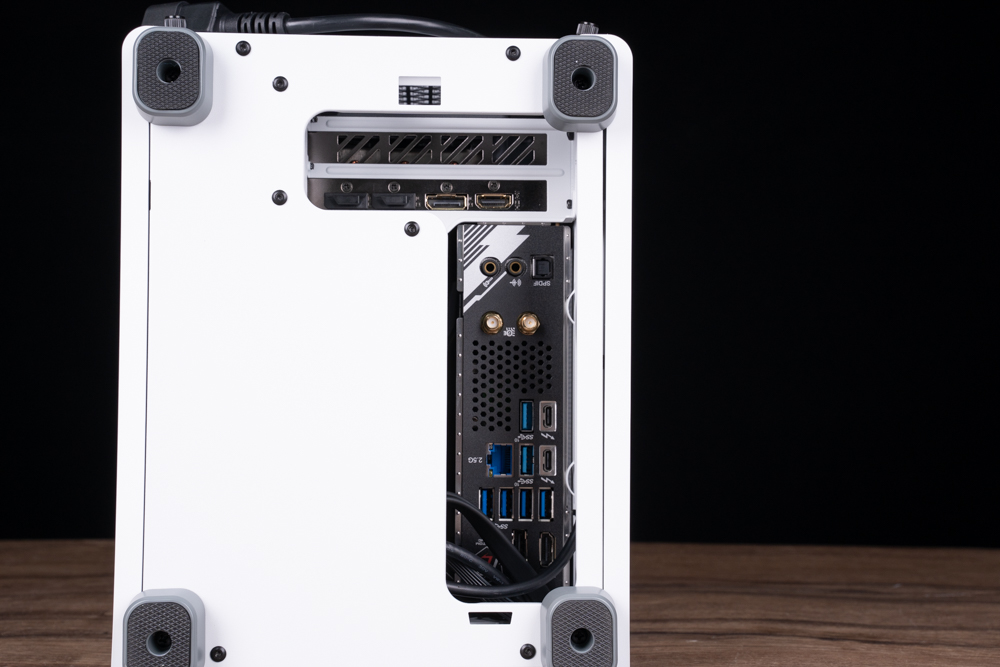
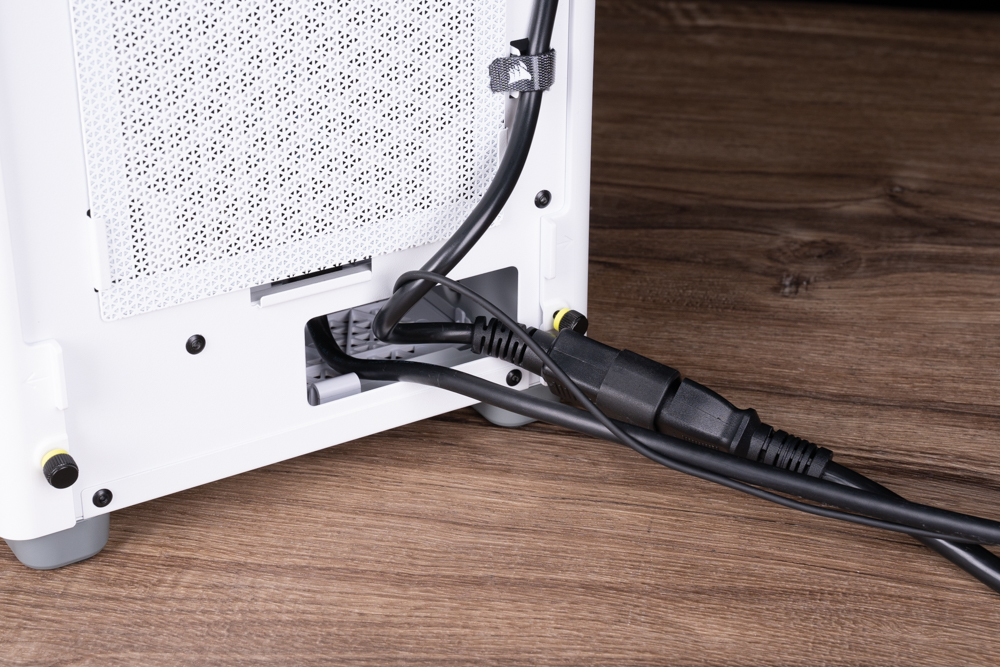
CORSAIR 2000D RGB AIRFLOW temperature test
The temperature test uses the Intel Core i7-13700 and GIGABYTE GeForce RTX 4070 EAGLE OC 12G as heat sources. The CPU is cooled using Corsair H150i ELITE LCD 360mm water cooling. The CPU temperature test is based on the 10-minute average temperature of AIDA64 FPU, and the GPU temperature test uses FurMark 4K resolution. The final test involves running both for 10 minutes simultaneously as a double-load test. The average CPU power during the test is 180W, and the GPU is 200W.
The CORSAIR 2000D RGB AIRFLOW’s original fan is preset for air intake. For the test, I set the water-cooling exhaust fan as exhaust, creating a three-in and three-out airflow. I also tested the air intake from the CPU water-cooling and the case’s original fan exhaust for comparison.
Test Platform details:
Processor: Intel Core i7-13700
Motherboard: Asrock Z790 PG-ITX/TB4
Memory: Corsair Vengeance RGB DDR5 6000 32GB
Graphics Card: GIGABYTE GeForce RTX 4070 Eagle OC 12G
System Disk: AGI AI818 1TB NVMe PCIe 4.0 SSD
Cooling Processor: Corsair H150i ELITE LCD 360mm water cooling
Power supply: Corsair SF850L
Operating system: Windows 11 Pro 22H2
The temperature test results, split into CPU and GPU, showed that the CPU temperature was 2-3 degrees ahead in the AIDA64 FPU and double-load tests when using water-cooling air intake. The exhaust was slightly better in the FurMark test; the GPU temperature was 1-2 degrees ahead when using water-cooled exhaust. Based on these test results, there’s not much temperature difference between air intake and exhaust.
In simple terms, users wanting a lower CPU temperature or higher CPU power should install a water-cooling fan for air intake and a case fan for exhaust; those desiring lower GPU temperature or higher GPU power should set up a water-cooling for exhaust and case fan for air intake. The current 40-series graphics cards demonstrate good temperature performance, but the 360mm water-cooling faces some pressure when dealing with i7 and i9 processors, so it’s suggested to install the water-cooling fan for air intake.
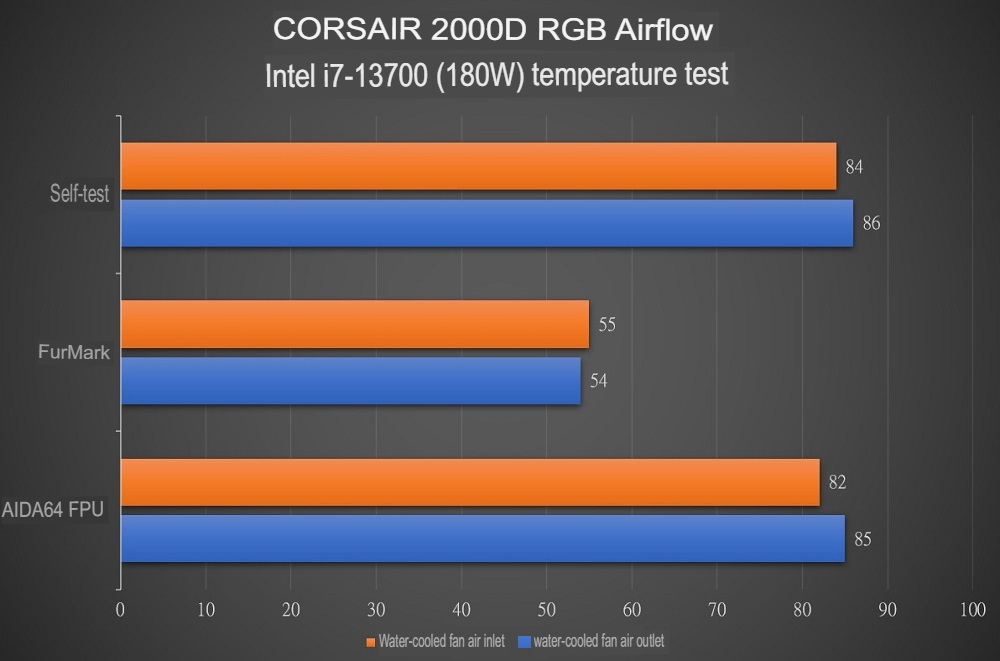
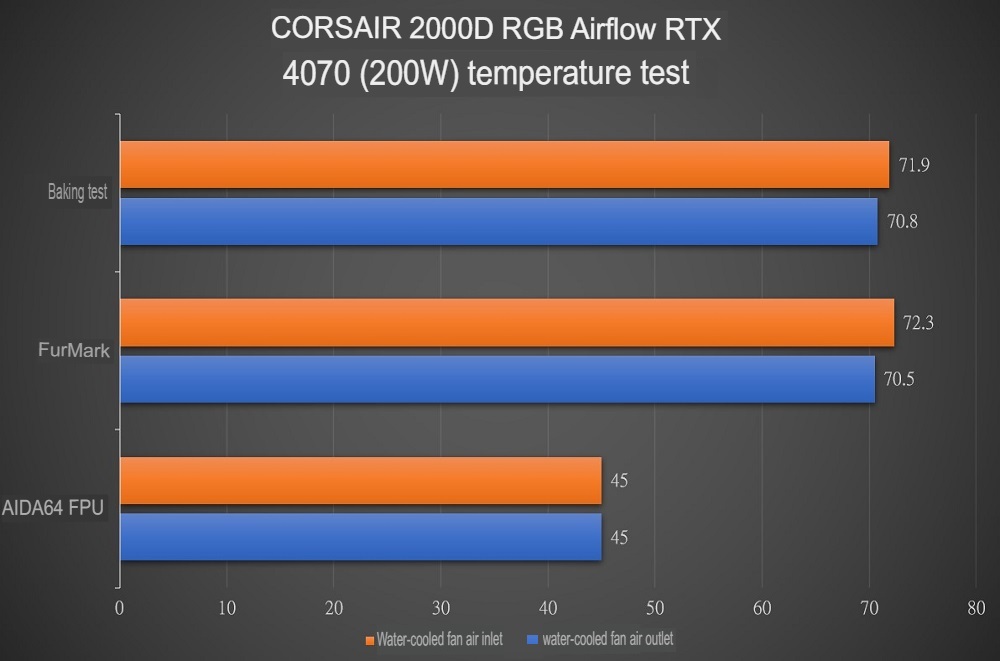
Summarize
The CORSAIR 2000D RGB AIRFLOW stands out in the DIY market with its unique vertical structure and 360mm water cooling support. Even without a transparent side panel, Corsair’s inclusion of ARGB fans and the light scattering from numerous small triangular holes add an extra appeal.
Despite its larger overall space compared to many ITX cases, the CORSAIR 2000D RGB AIRFLOW still demands thoughtful cable management, as poor management could lead to wires getting caught in the fans. The manufacturer might have considered adding protective nets for the water-cooling fans, a step that would be particularly helpful for beginners.
The placement of the motherboard’s IO and the graphics card bezel facing downward can make plugging and unplugging cables less convenient. While you could solve this by flipping the entire case upside down, this could negatively impact some graphics cards’ cooling efficiency due to their radiator designs. However, the bottom-outlet design helps to hide wires and keep the desktop looking neat.
As for cooling, the 360mm water cooling and mesh panel should efficiently manage heat. However, when purchasing water cooling, check whether it requires a USB 2.0 interface, as the case’s original lighting controller already occupies one USB 2.0 slot. You might need to get a one-to-two cable or give up one USB 2.0 slot.
The Corsair SF850L conforms to the latest ATX 3.0 standard and stands as one of the few choices in the SFX-L power supply category. It has a 12cm silent fan which automatically stops under 30% load. The power supply’s cables are abundant, with a pair of PCIe 6+2 pins leading to two connections, making cable management easier. It also includes a 600W 12VHPWR, which should meet the needs of future flagship graphics cards.
If this article is helpful for you, please share this article with your friends on social media. Thank you!
This article is based on the personality of the reviews. You are responsible for fact-checking if the contents are not facts or accurate.
Title: I desire every one of them! The compact and efficiently cooled CORSAIR 2000D RGB AIRFLOW, along with the SF850L, truly captivate me